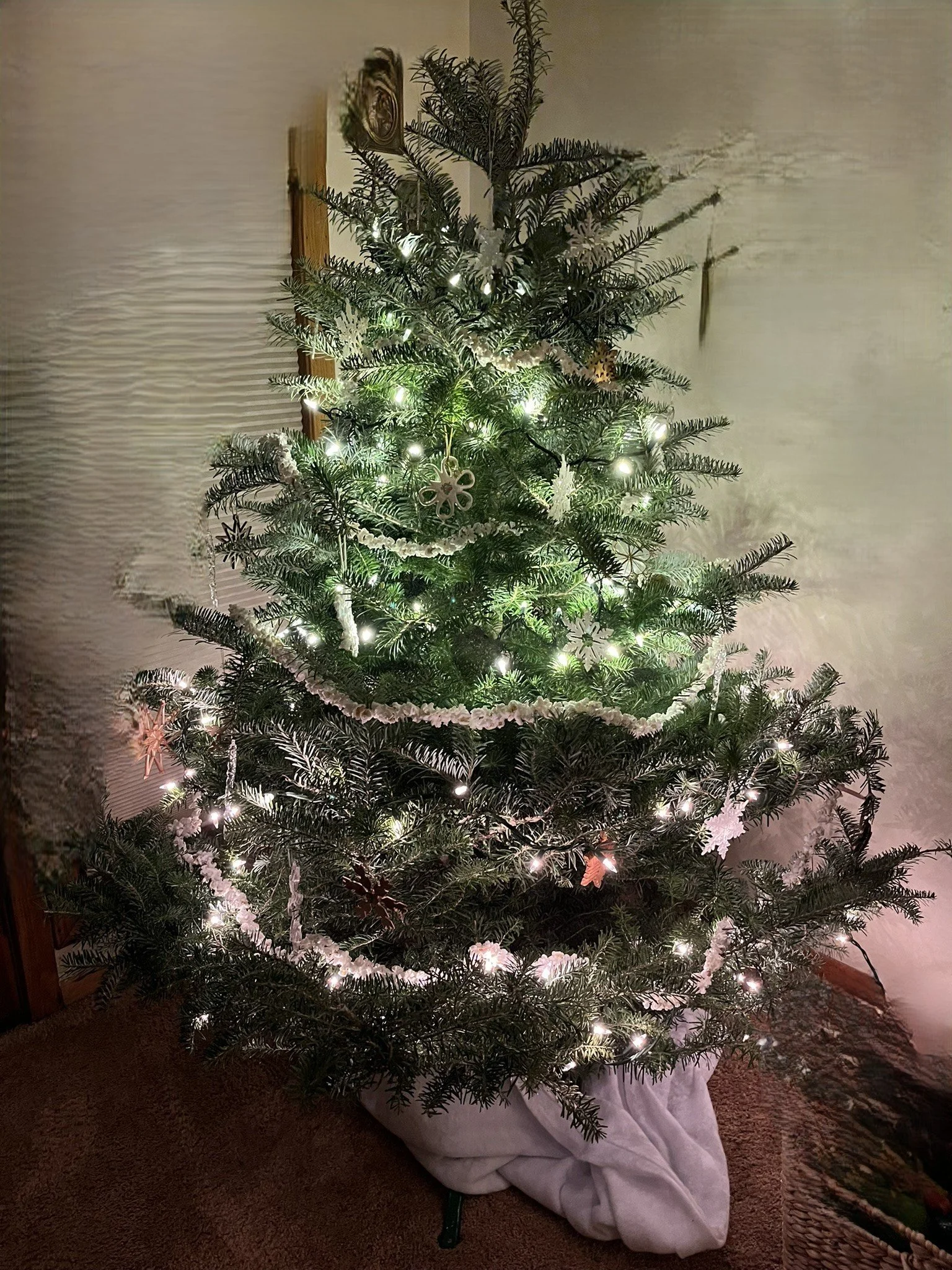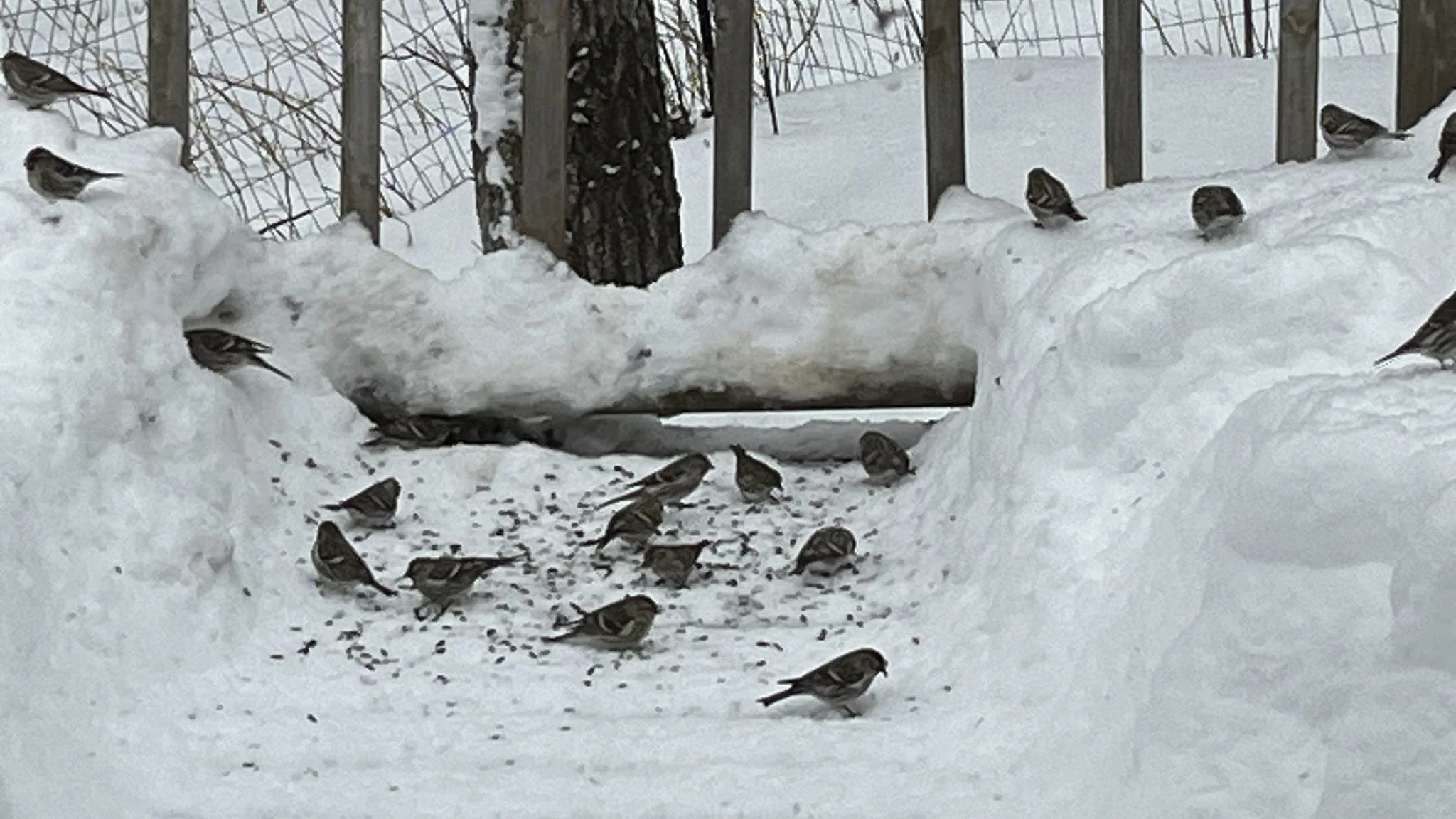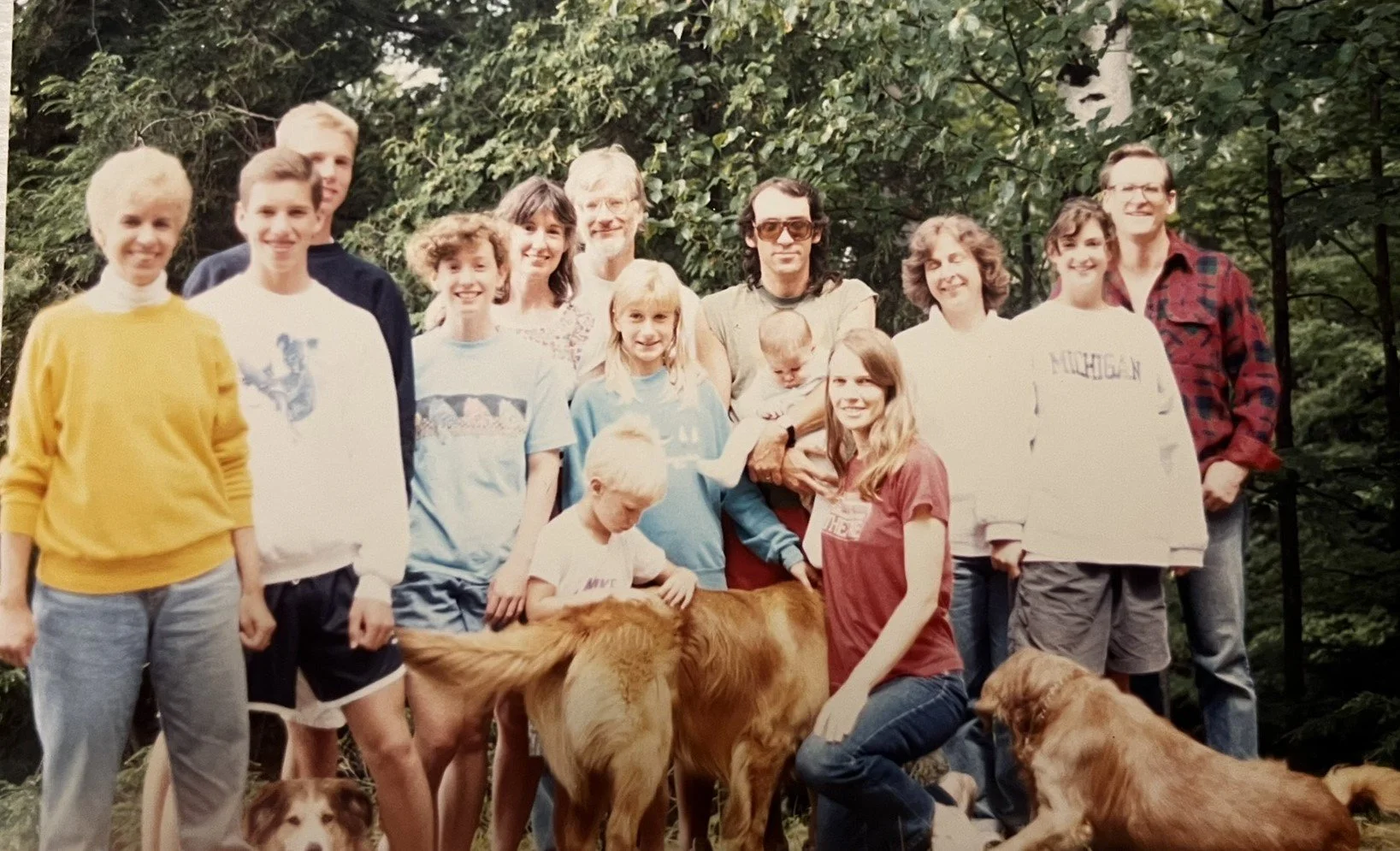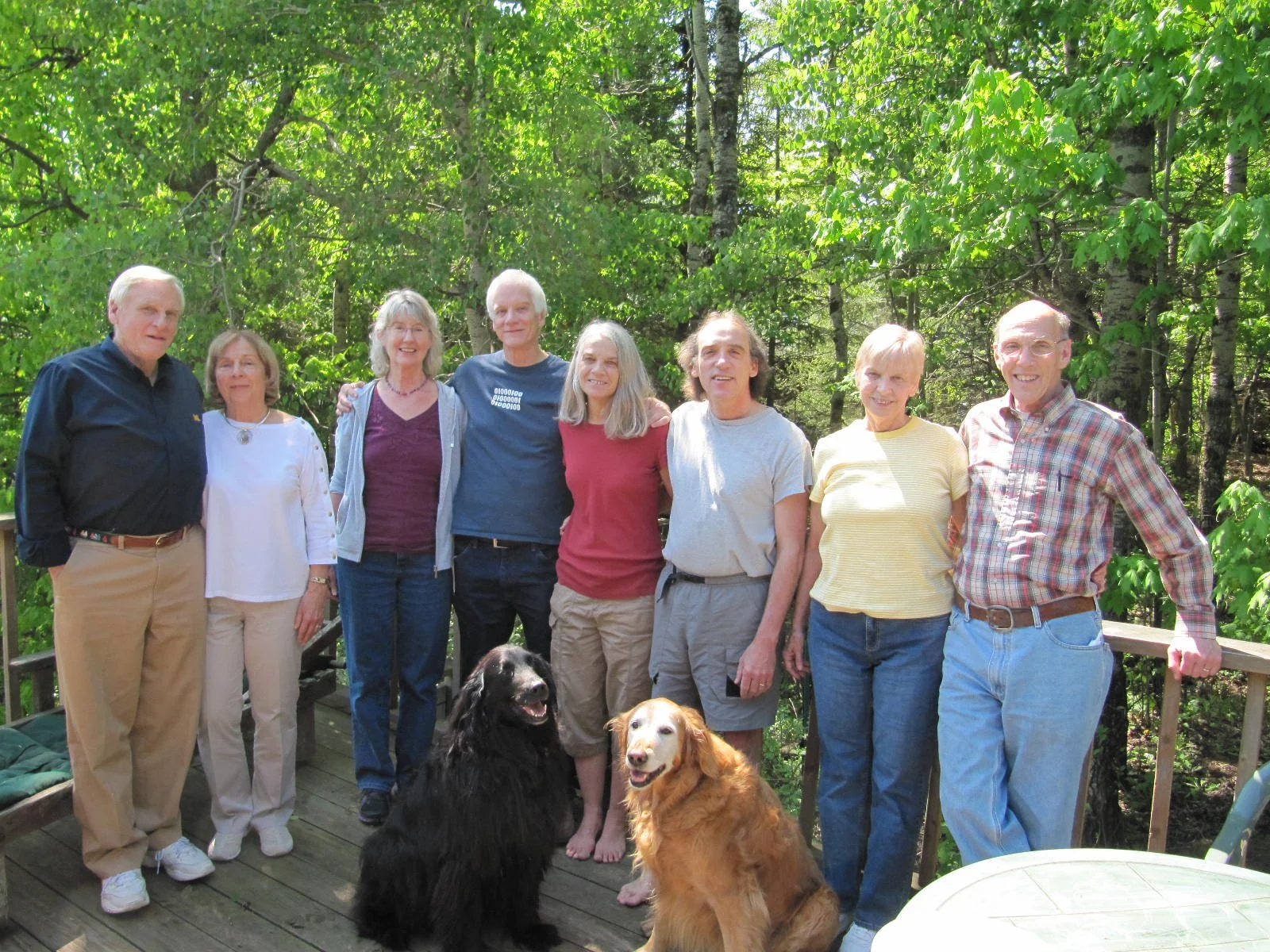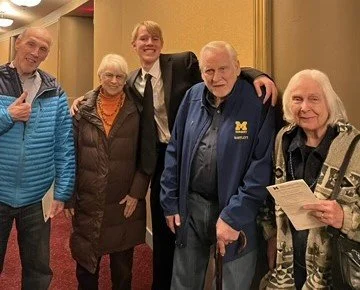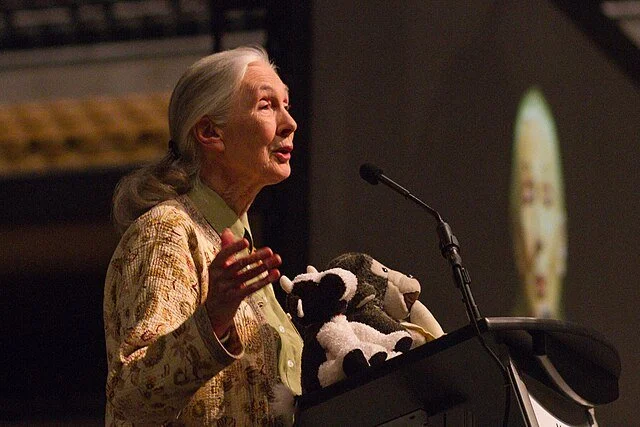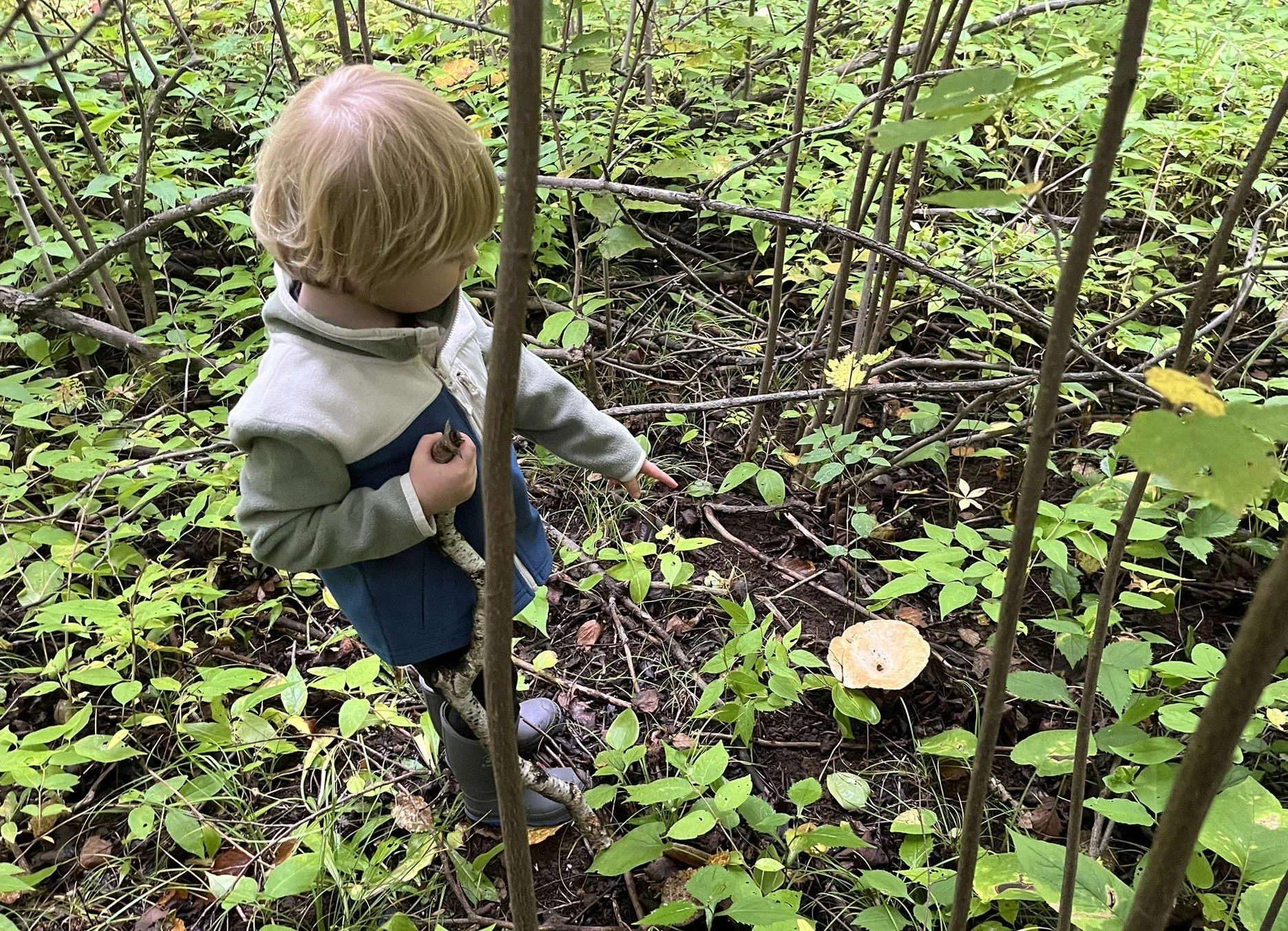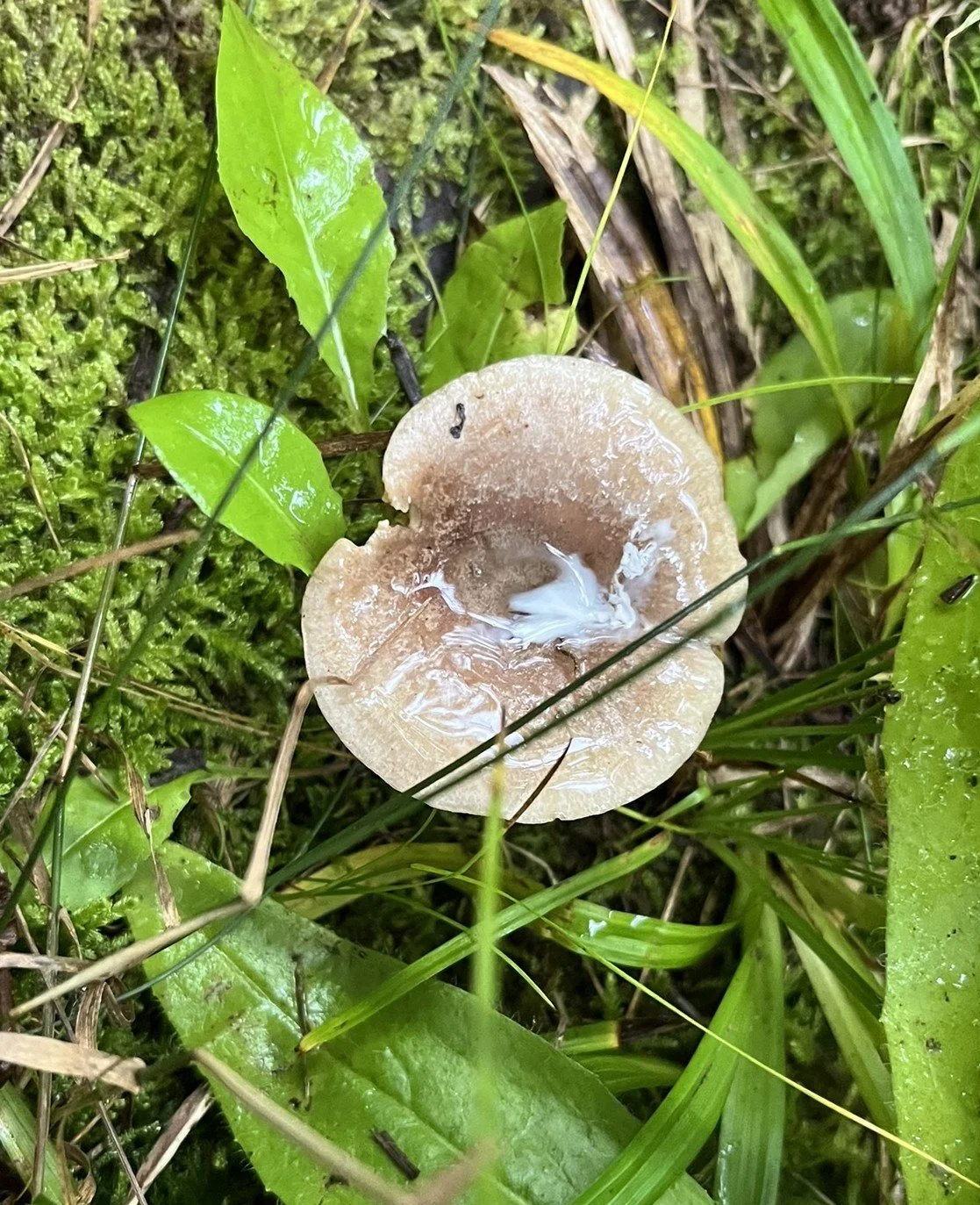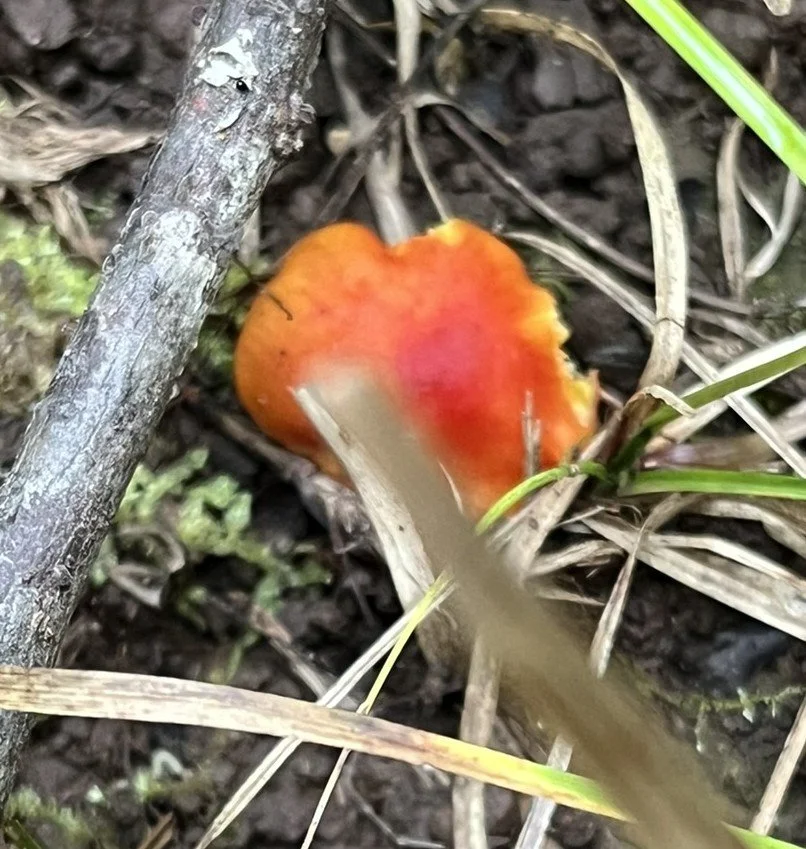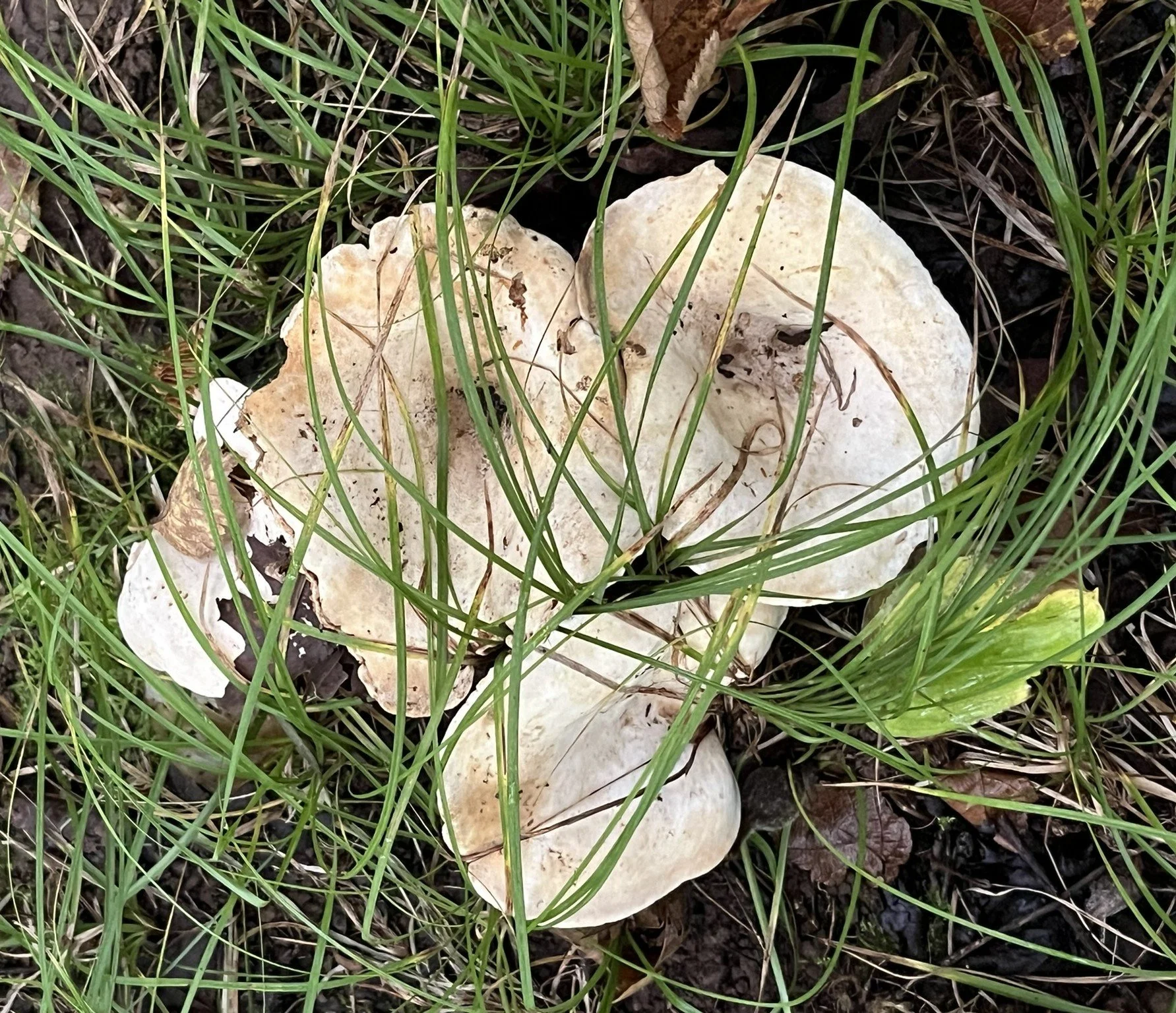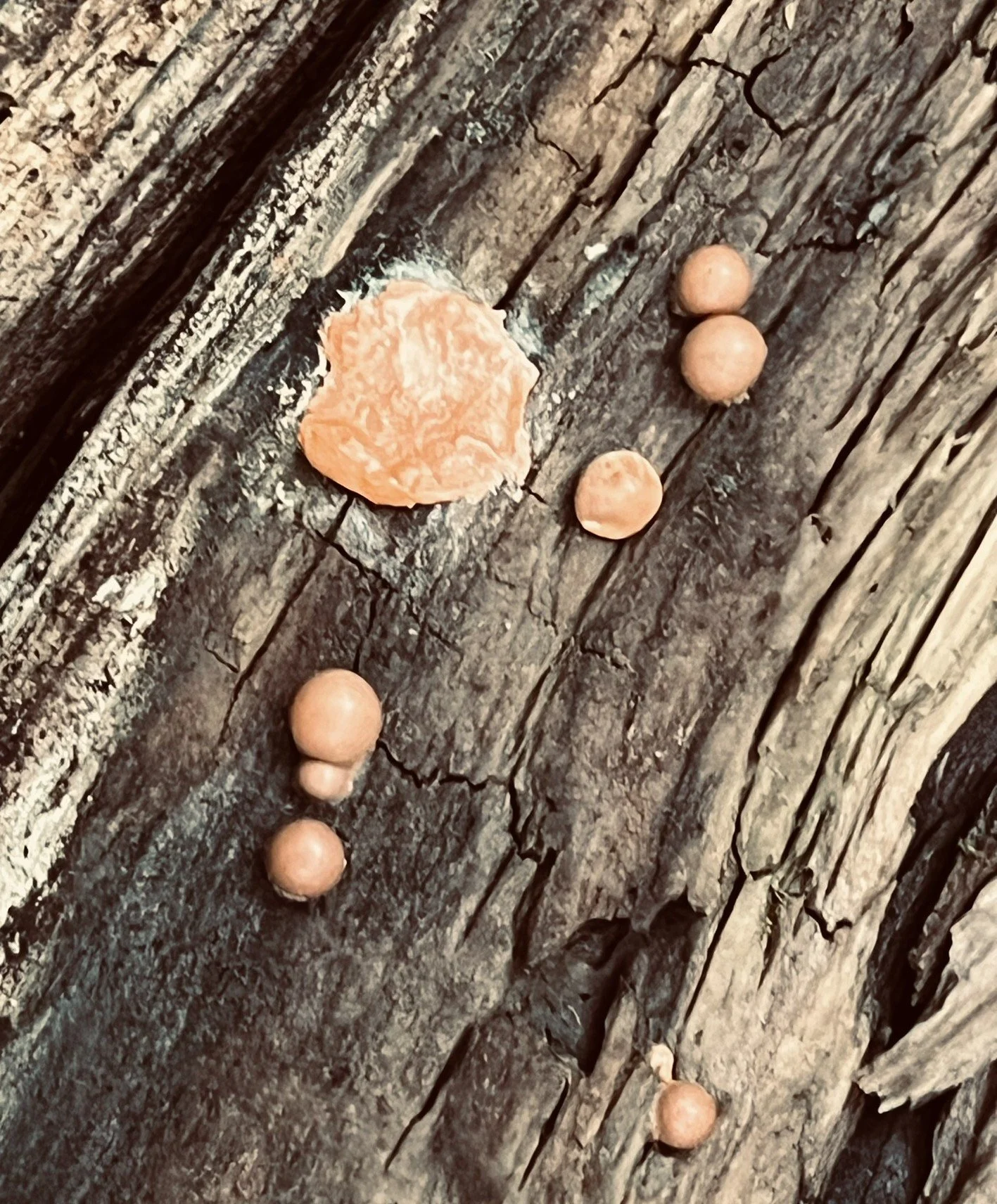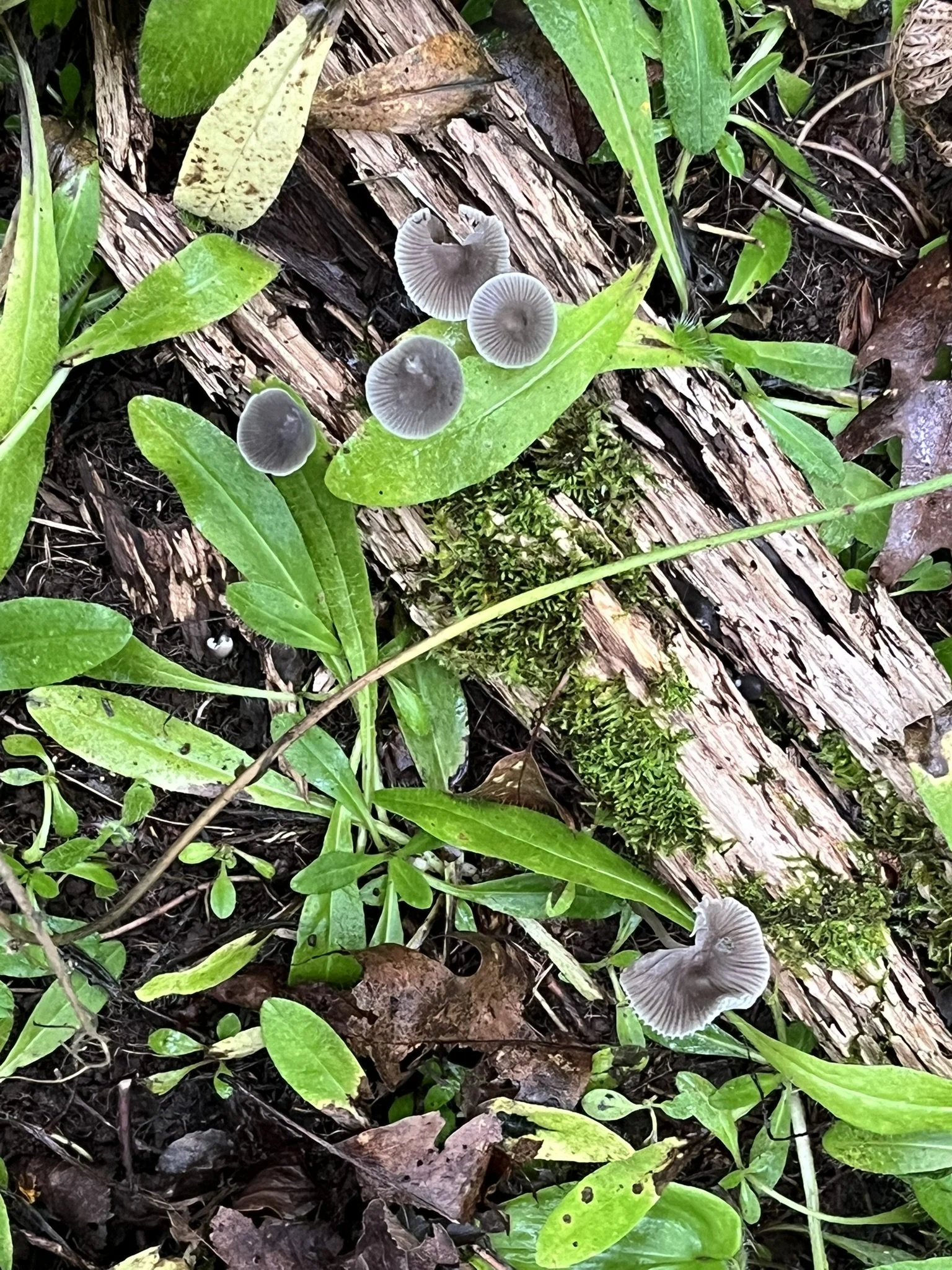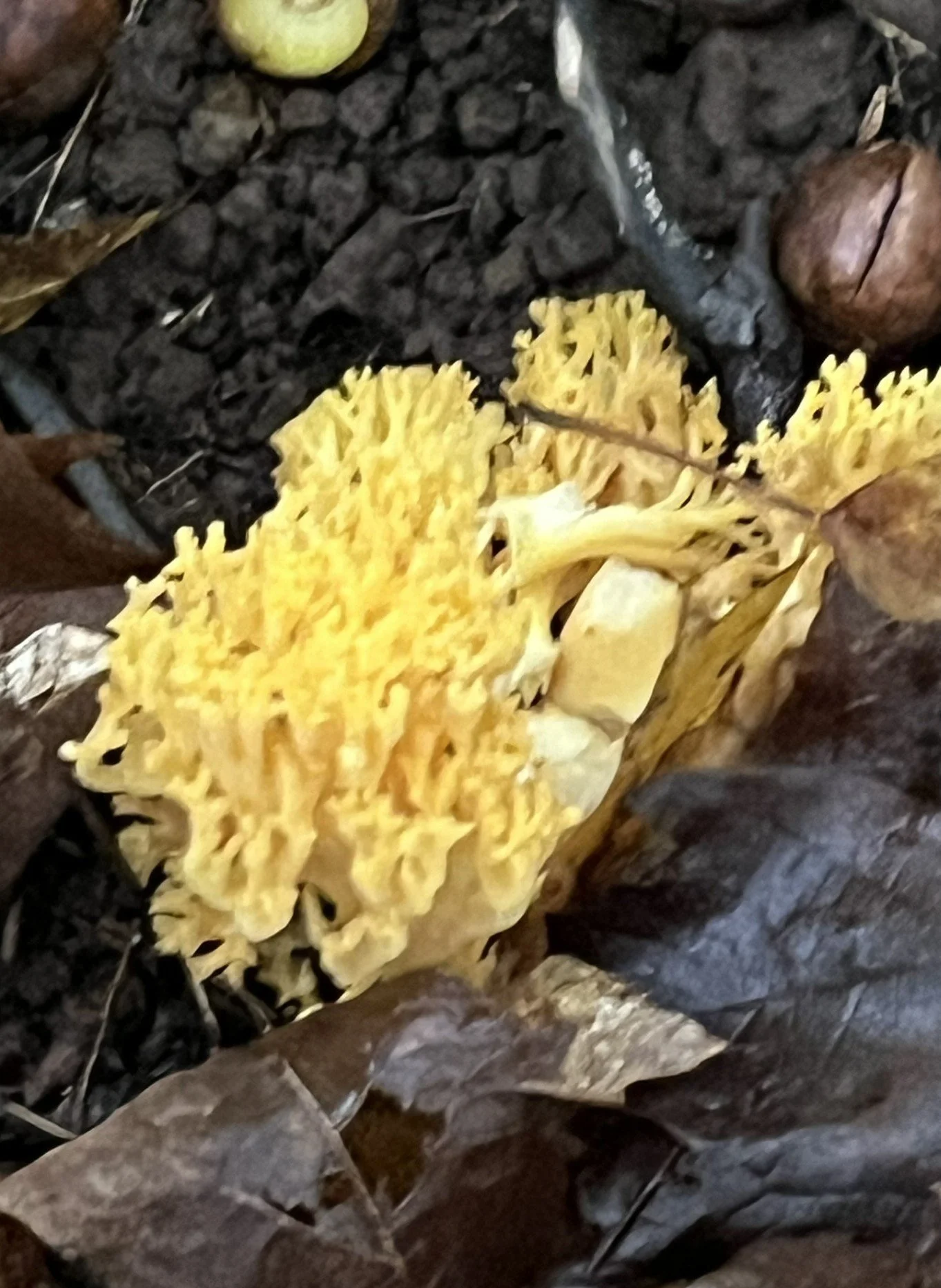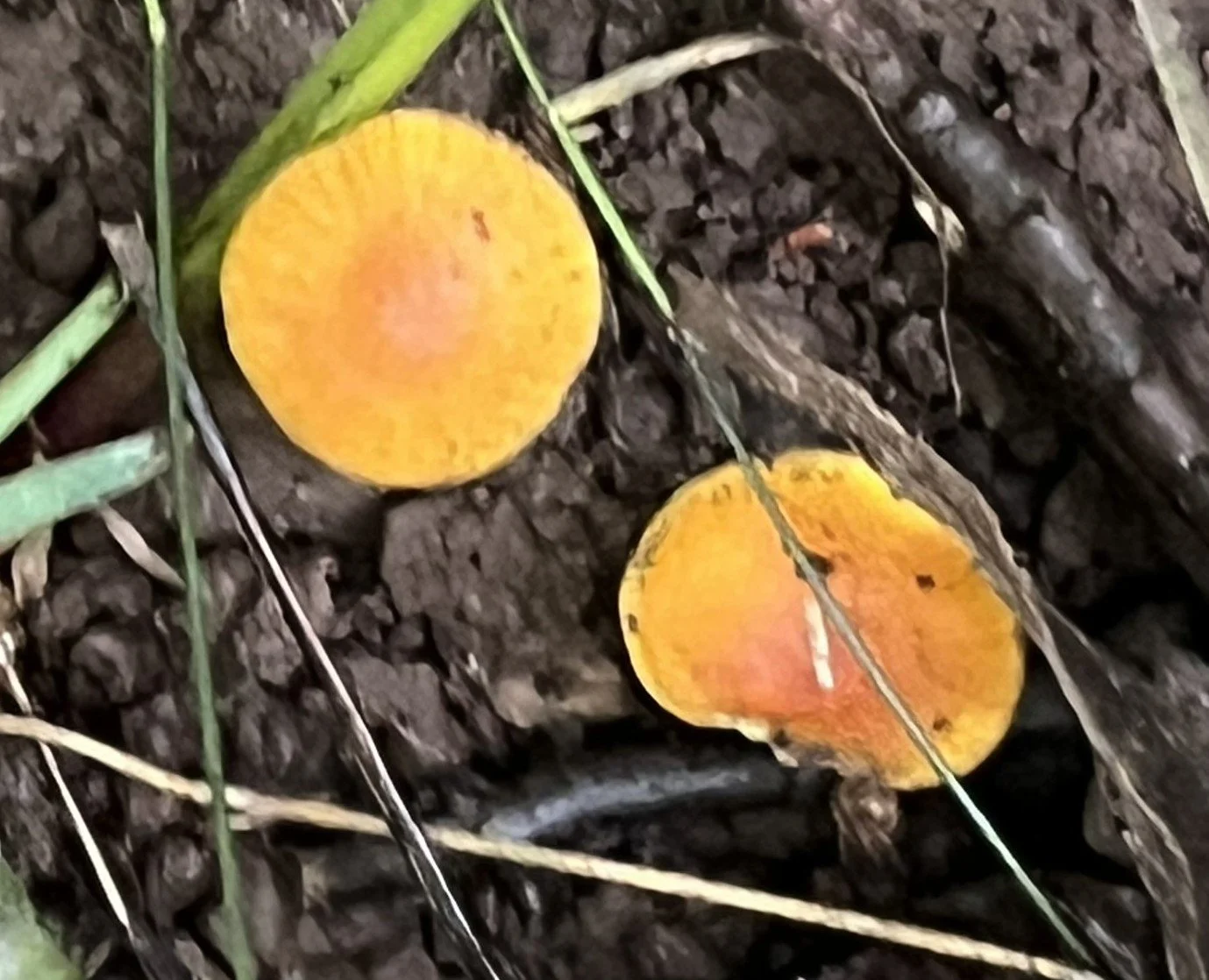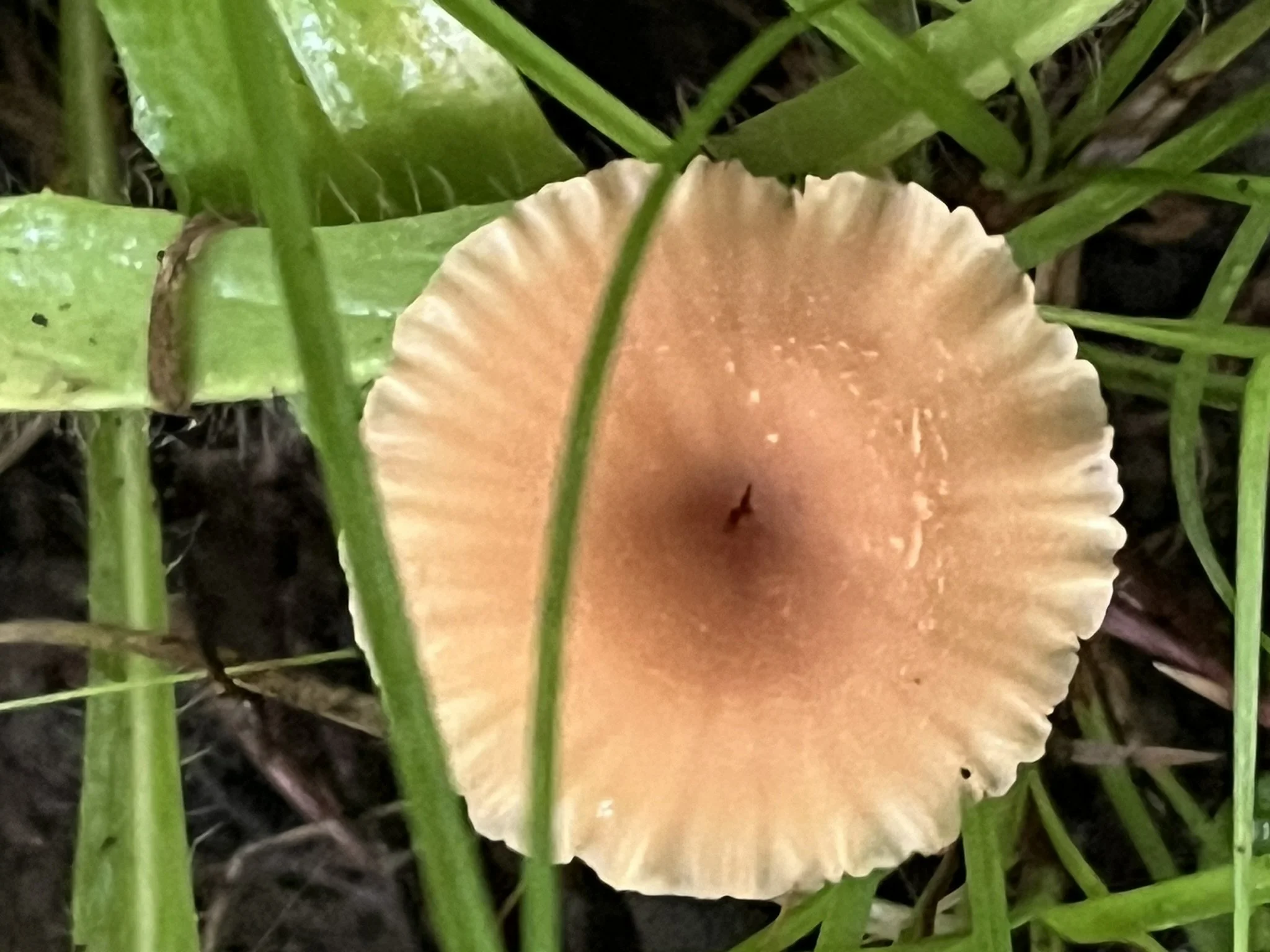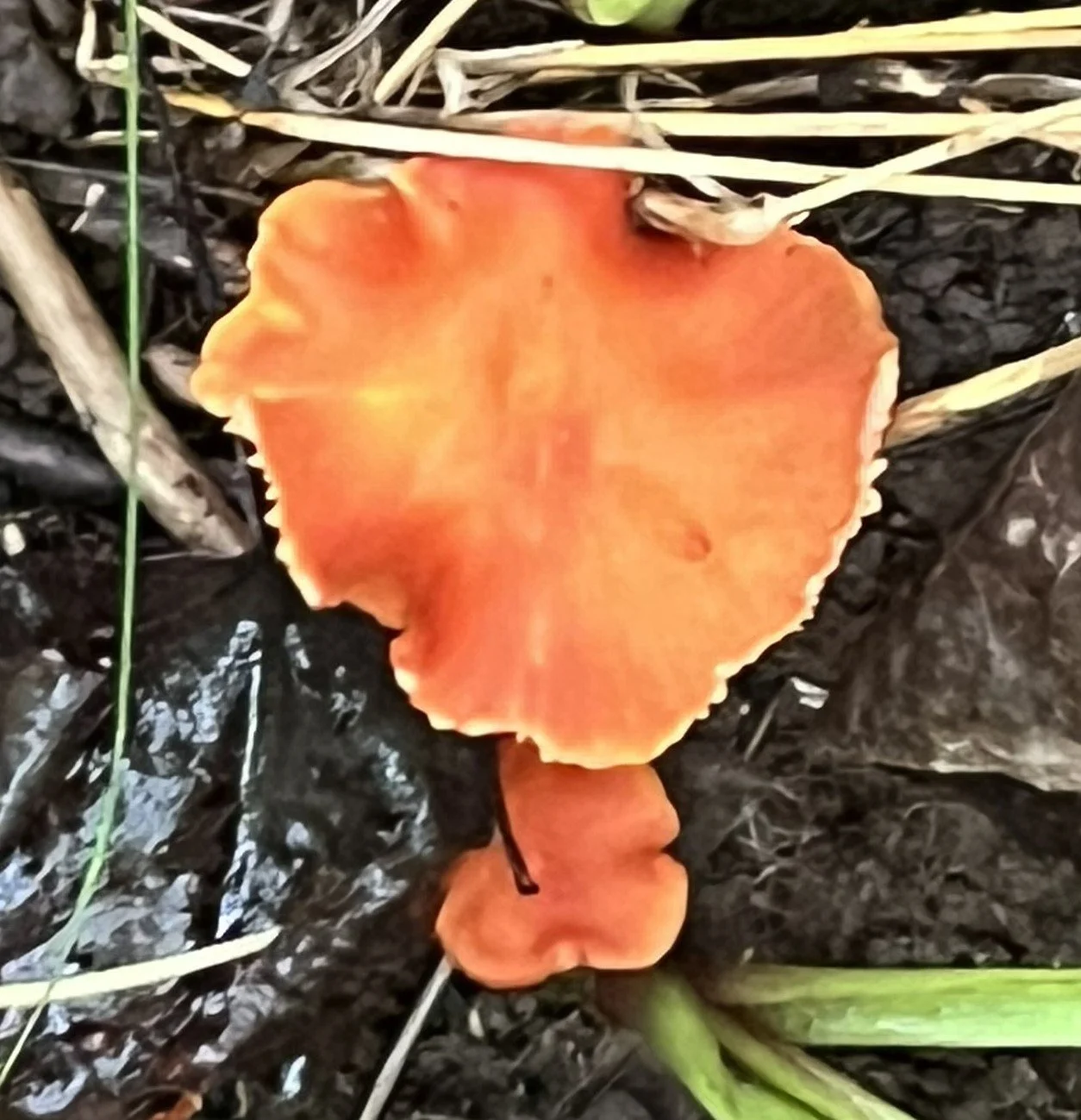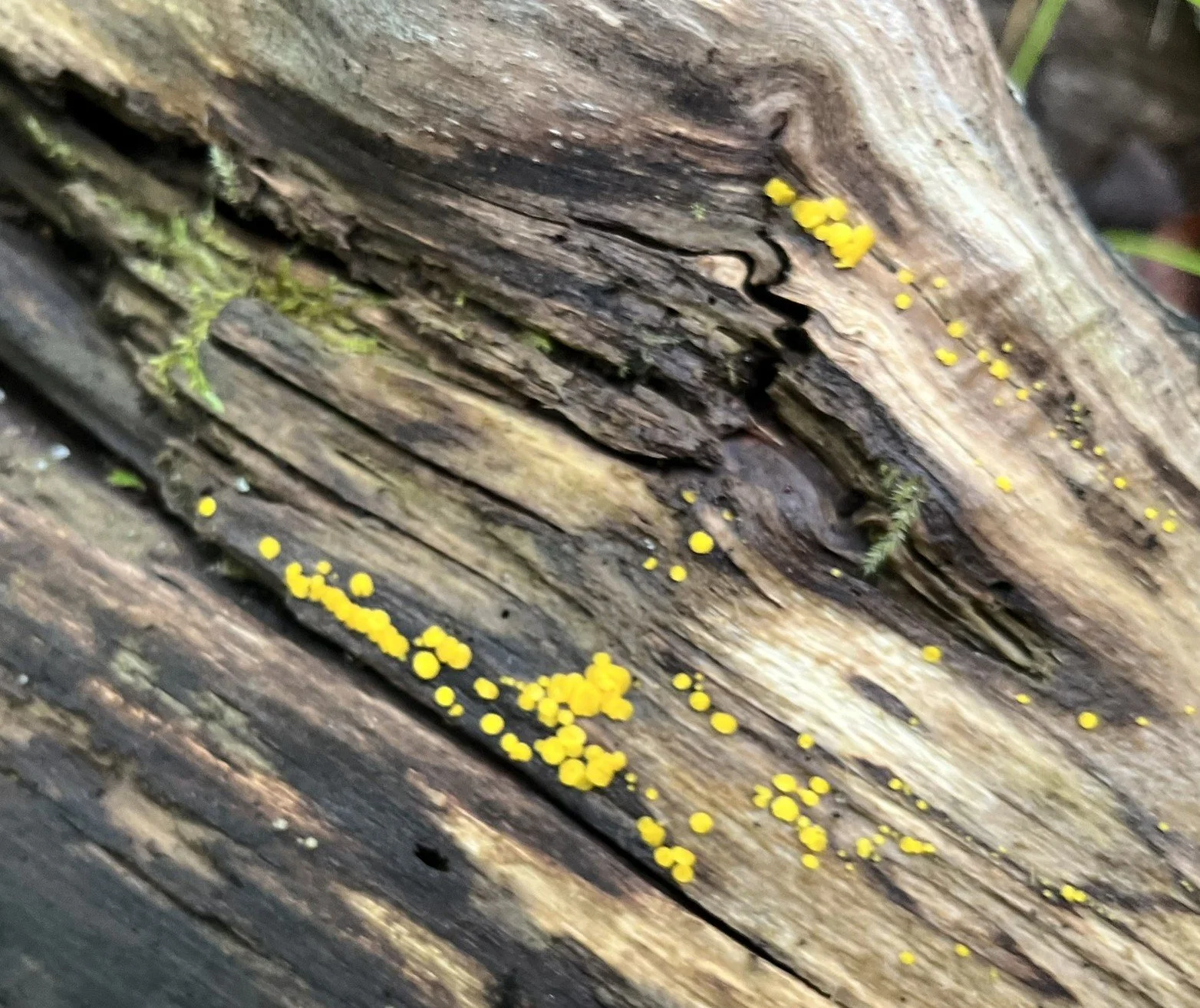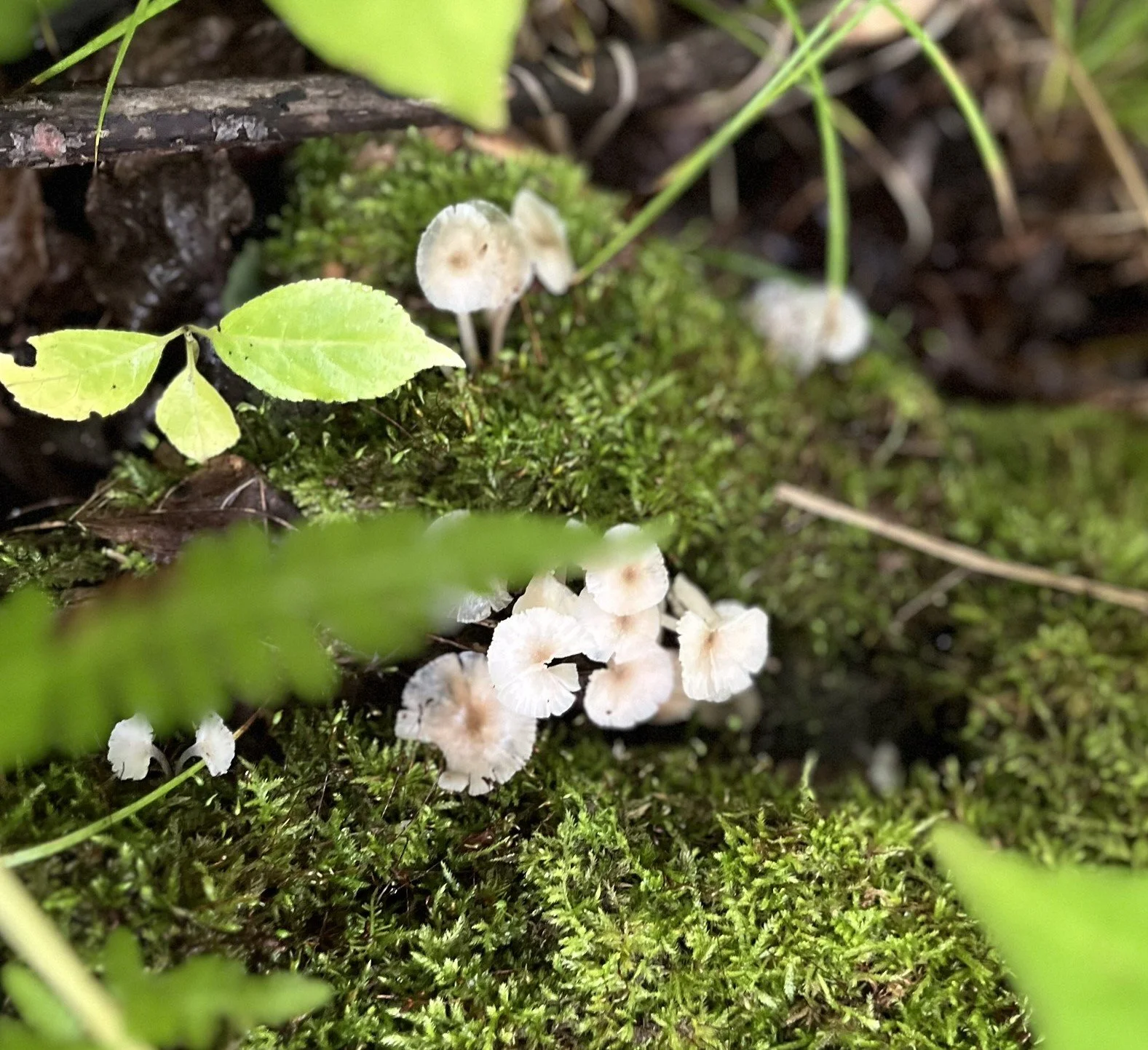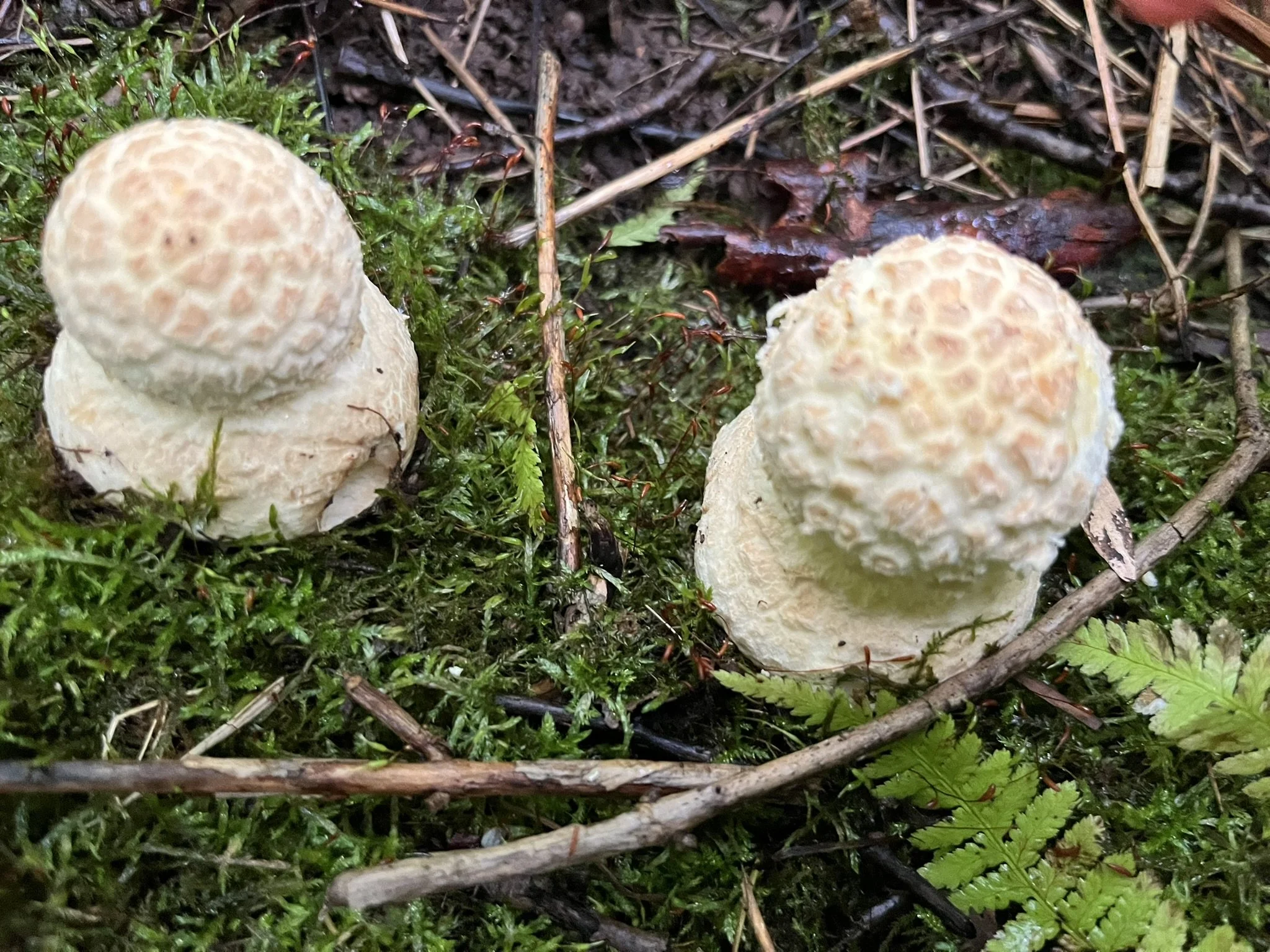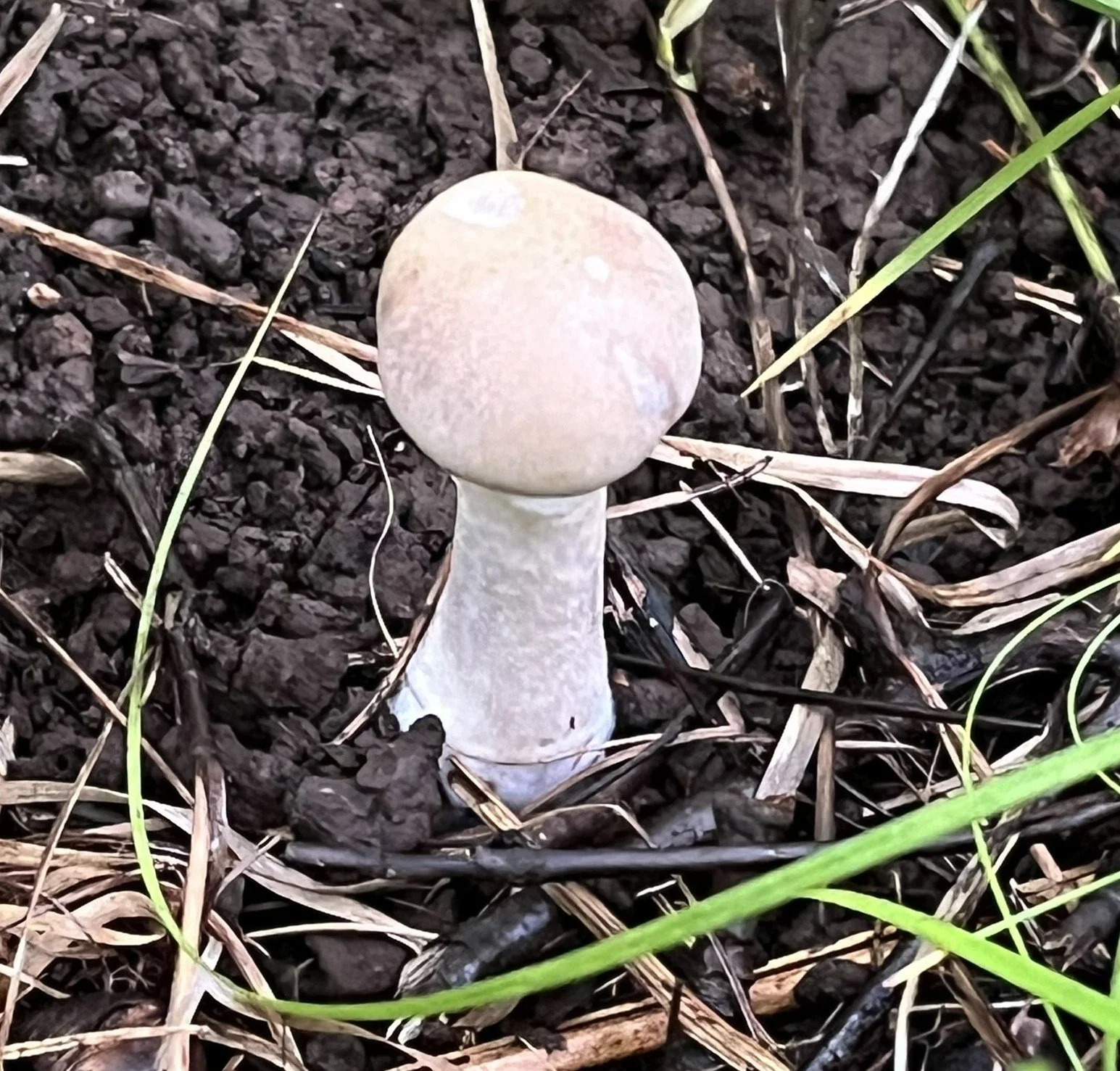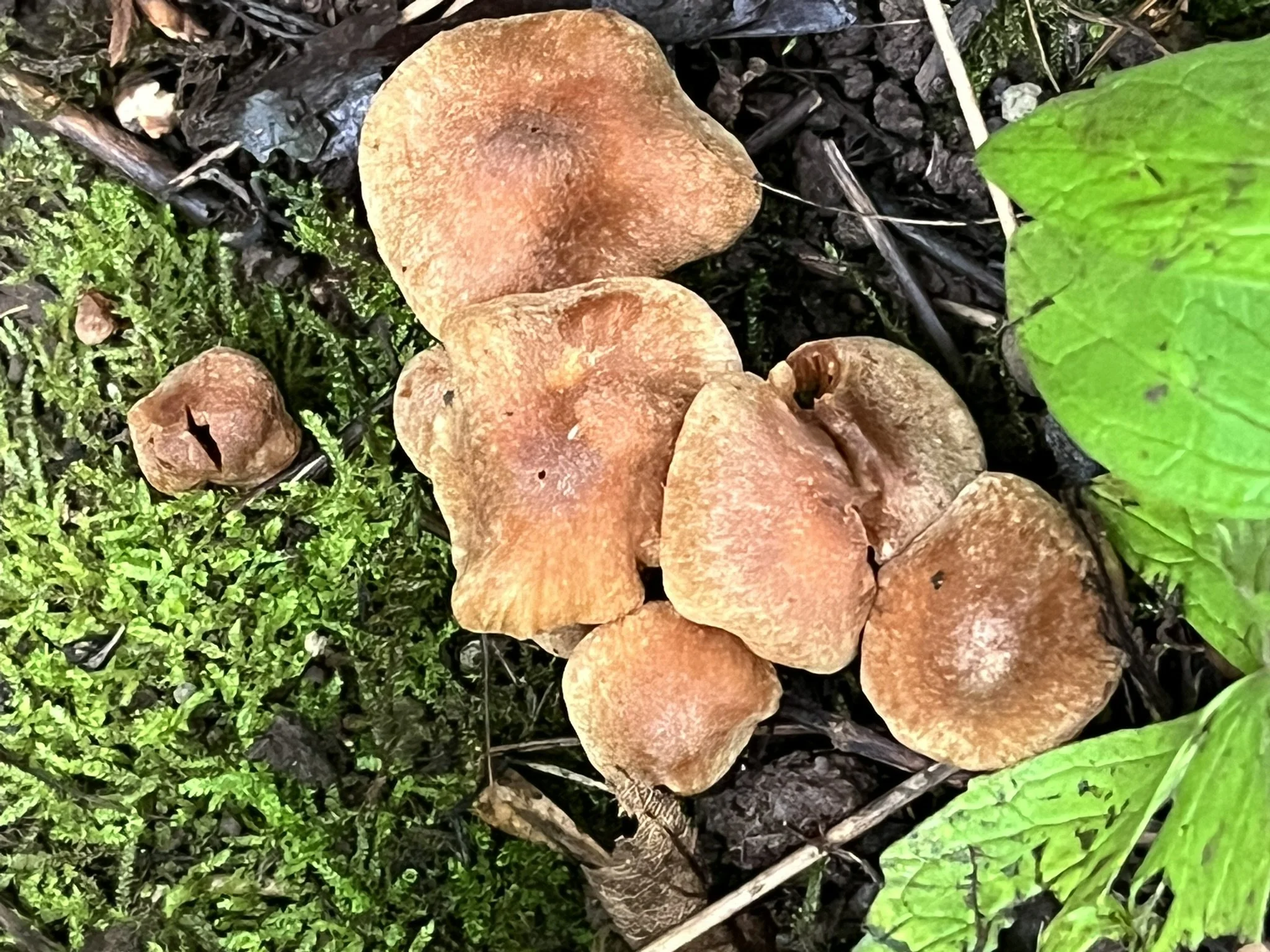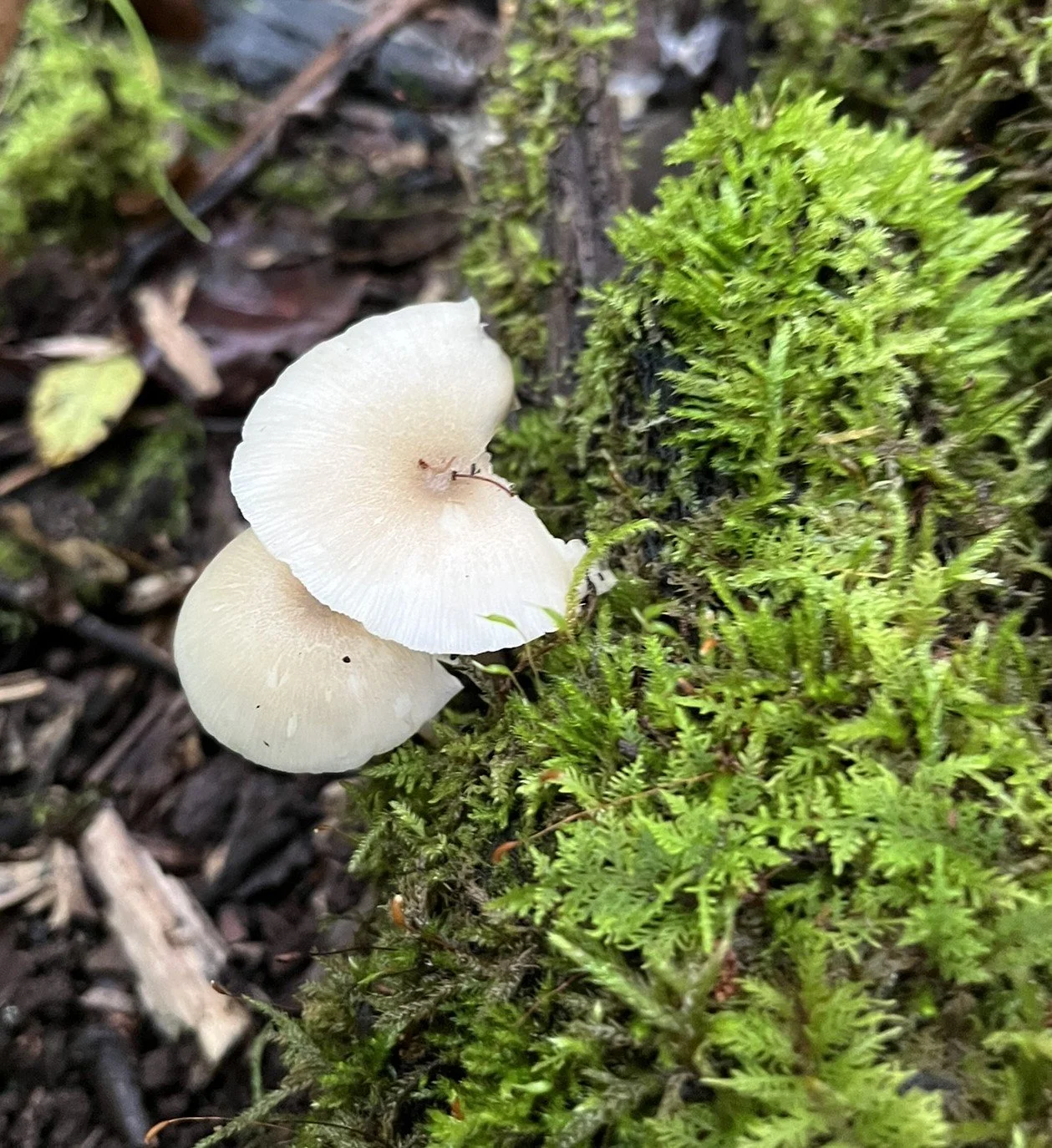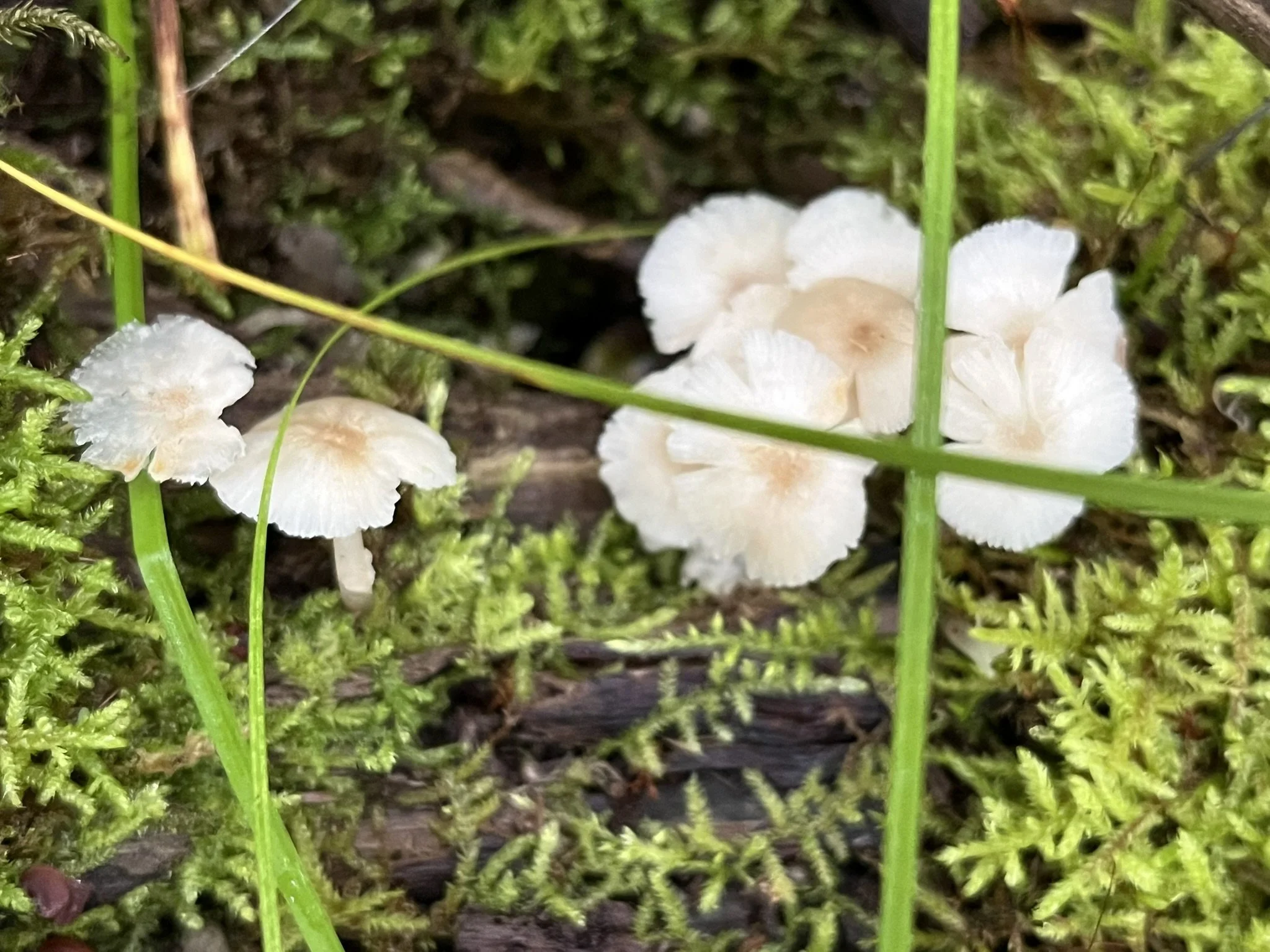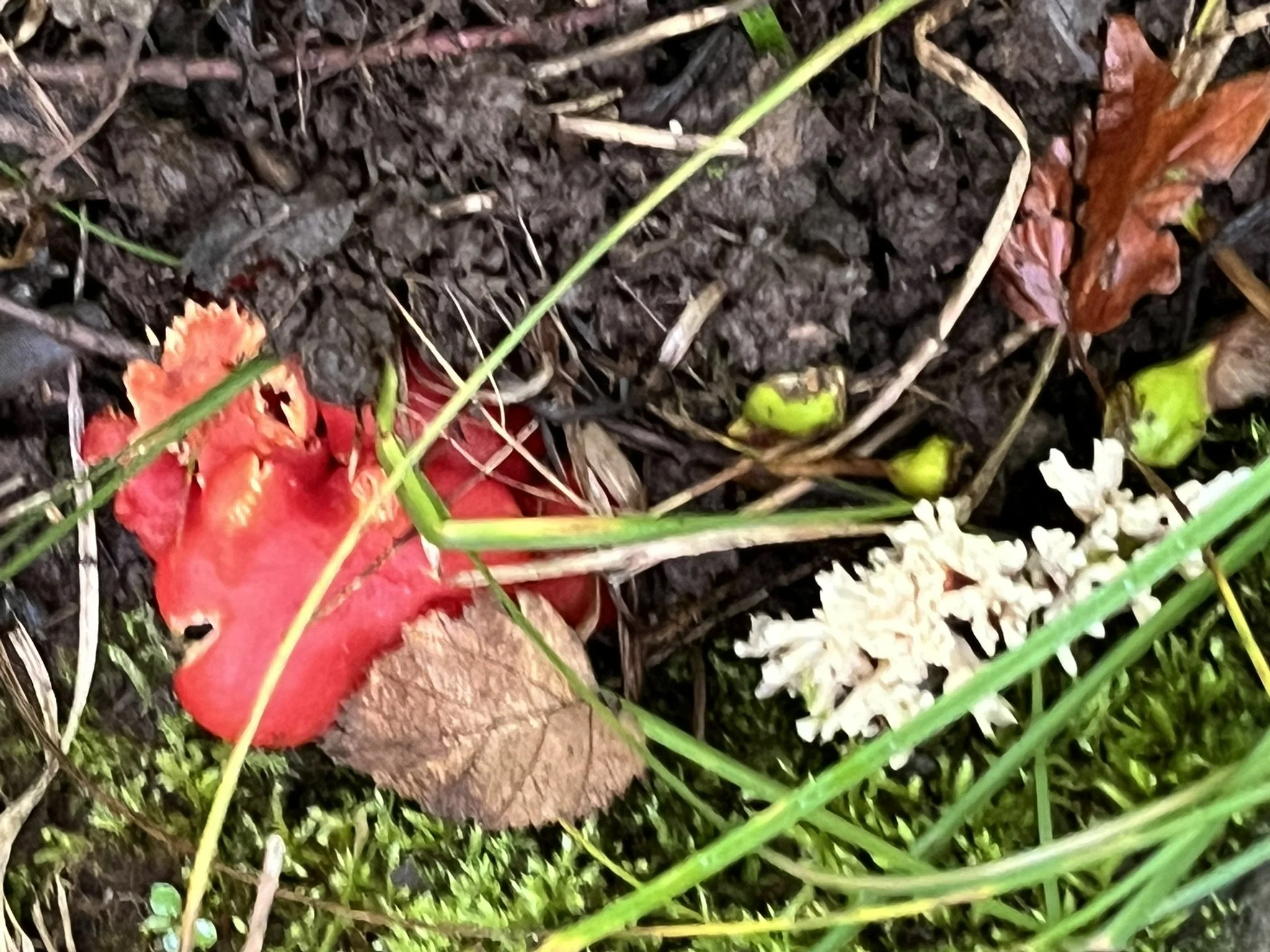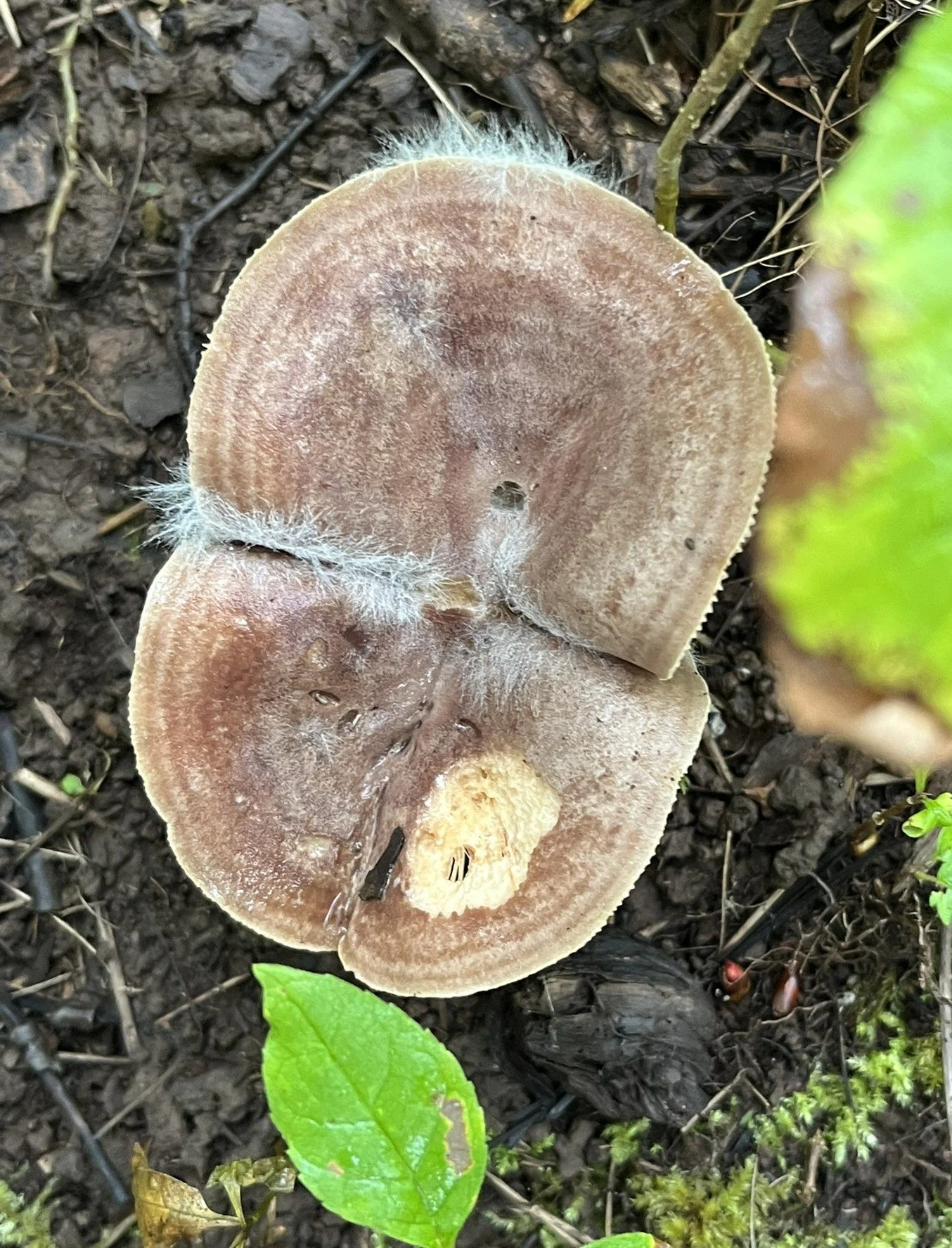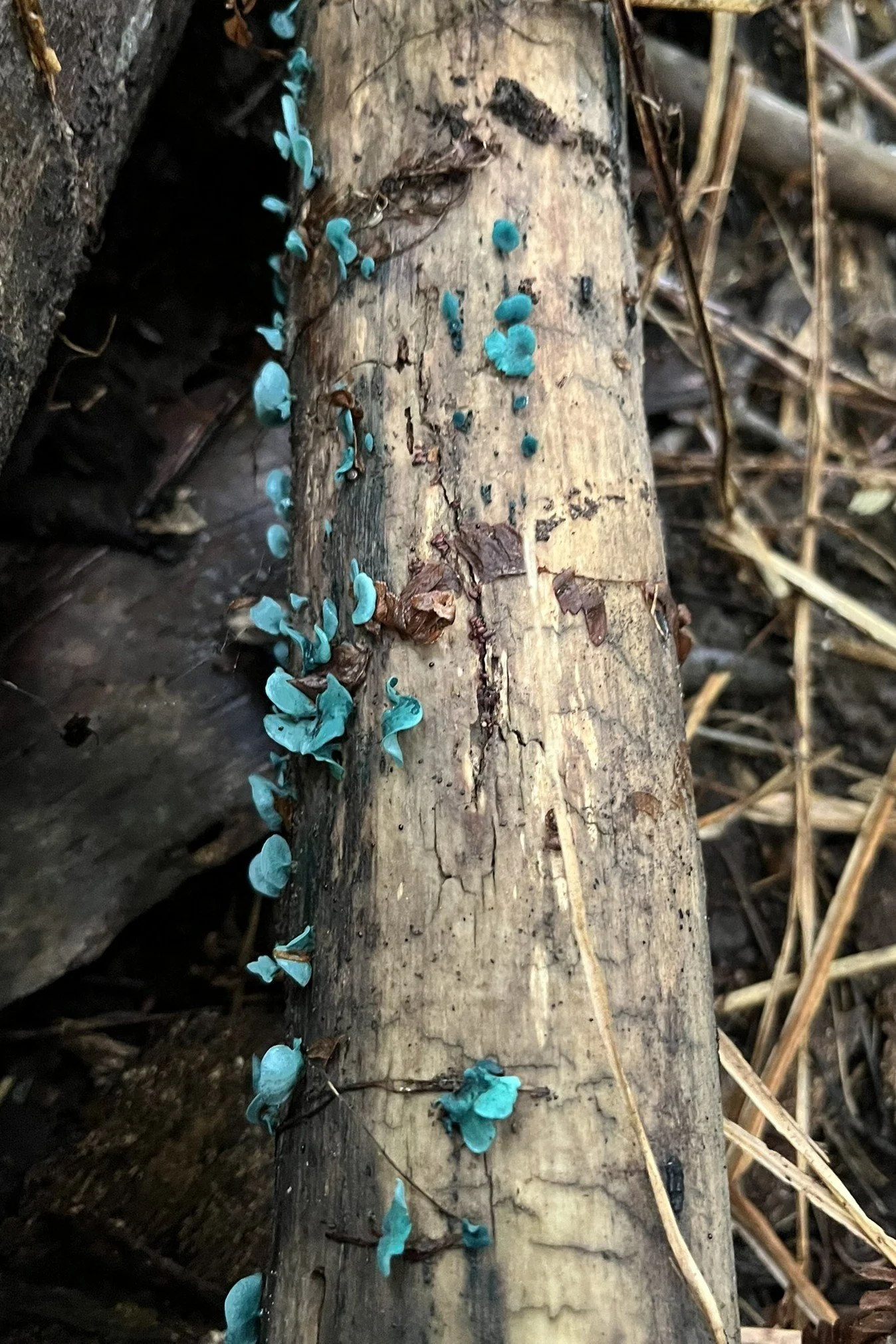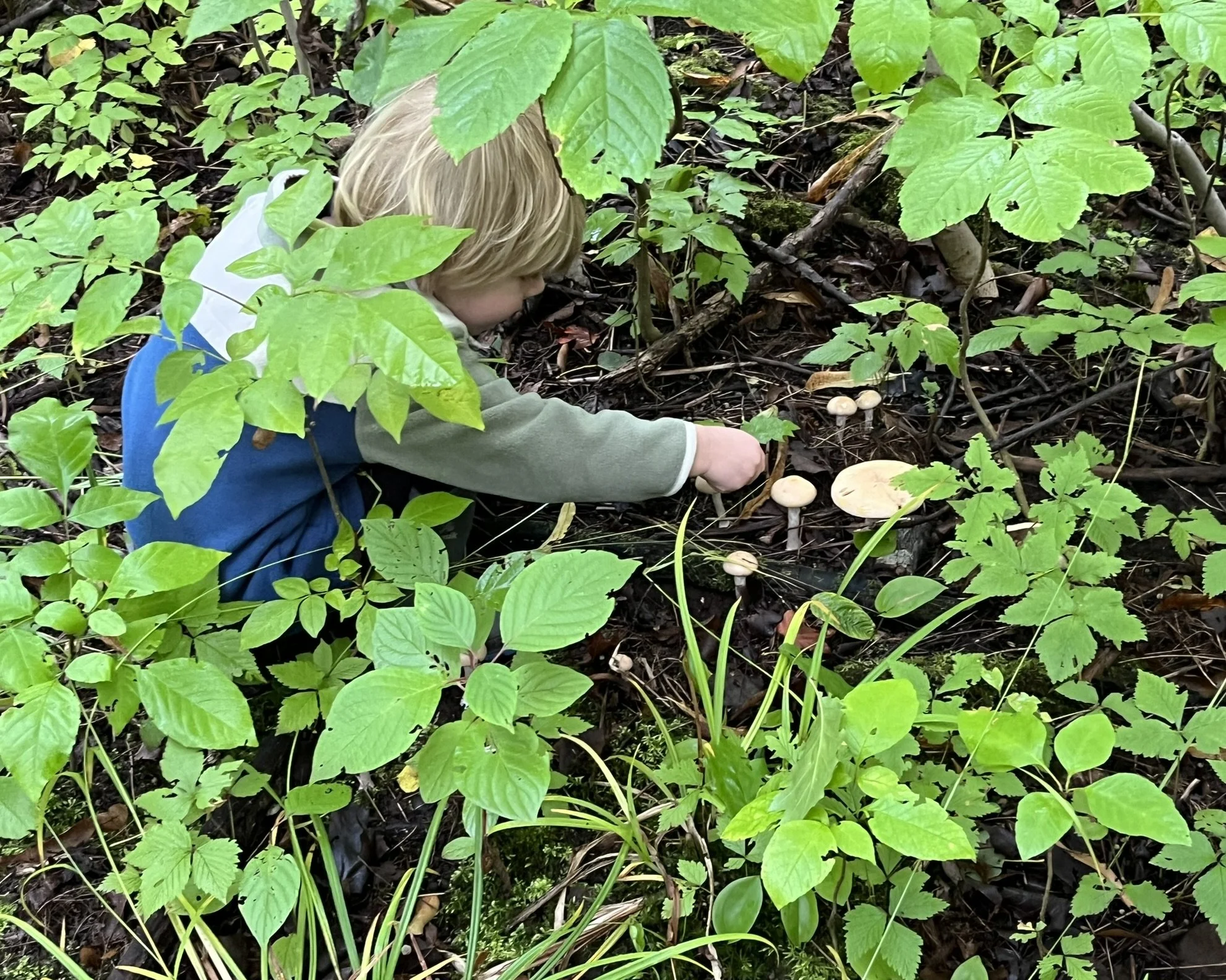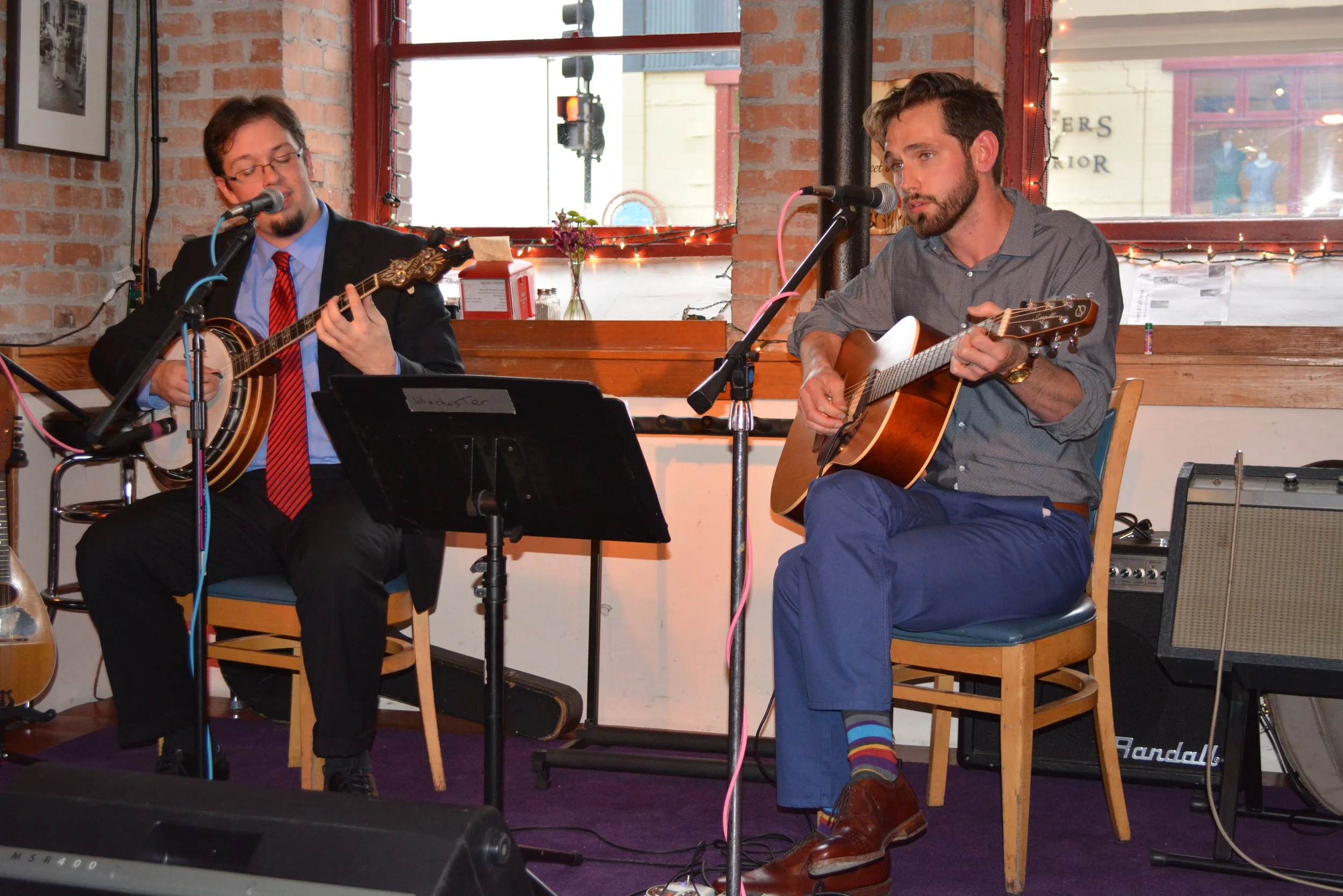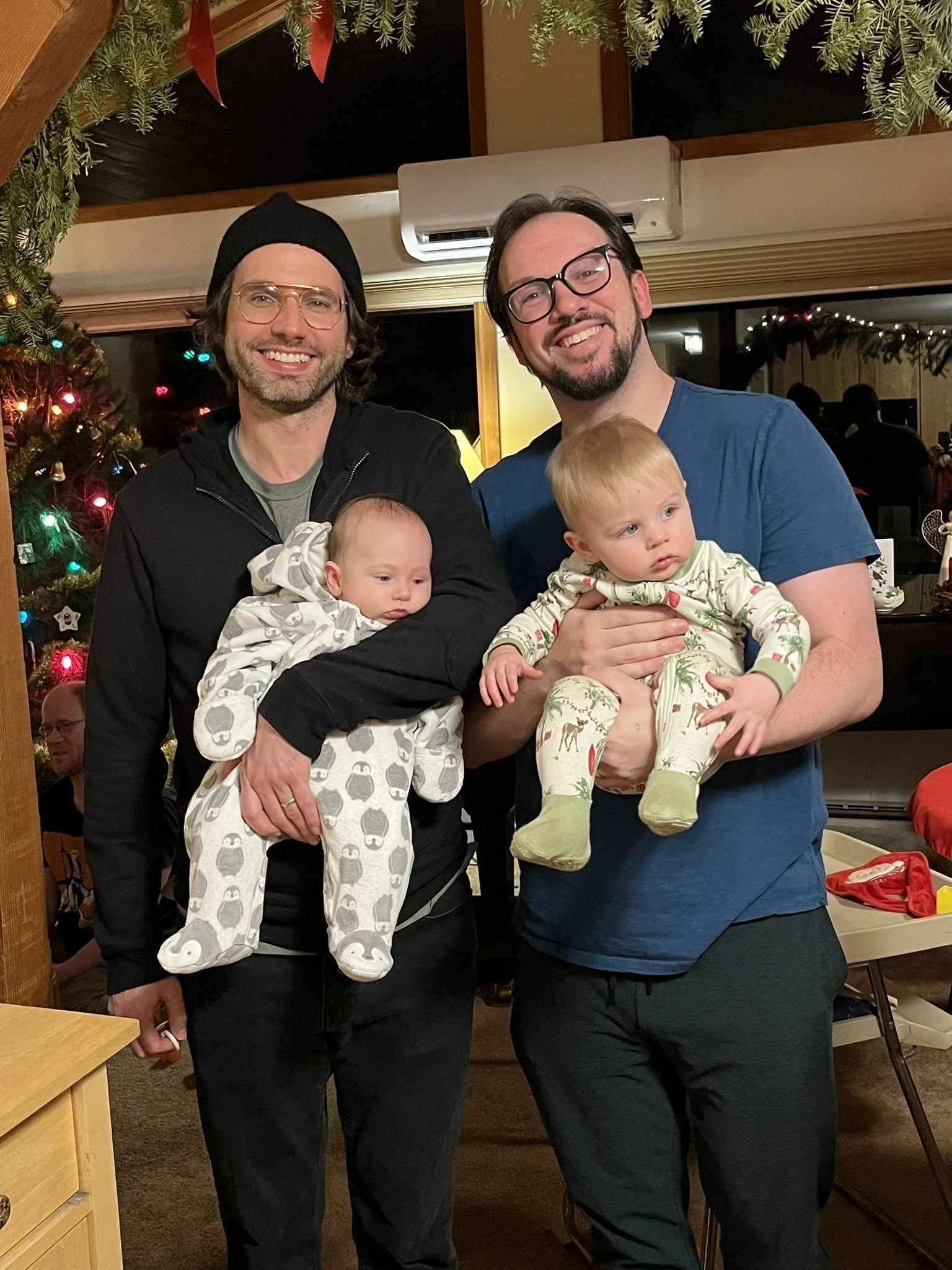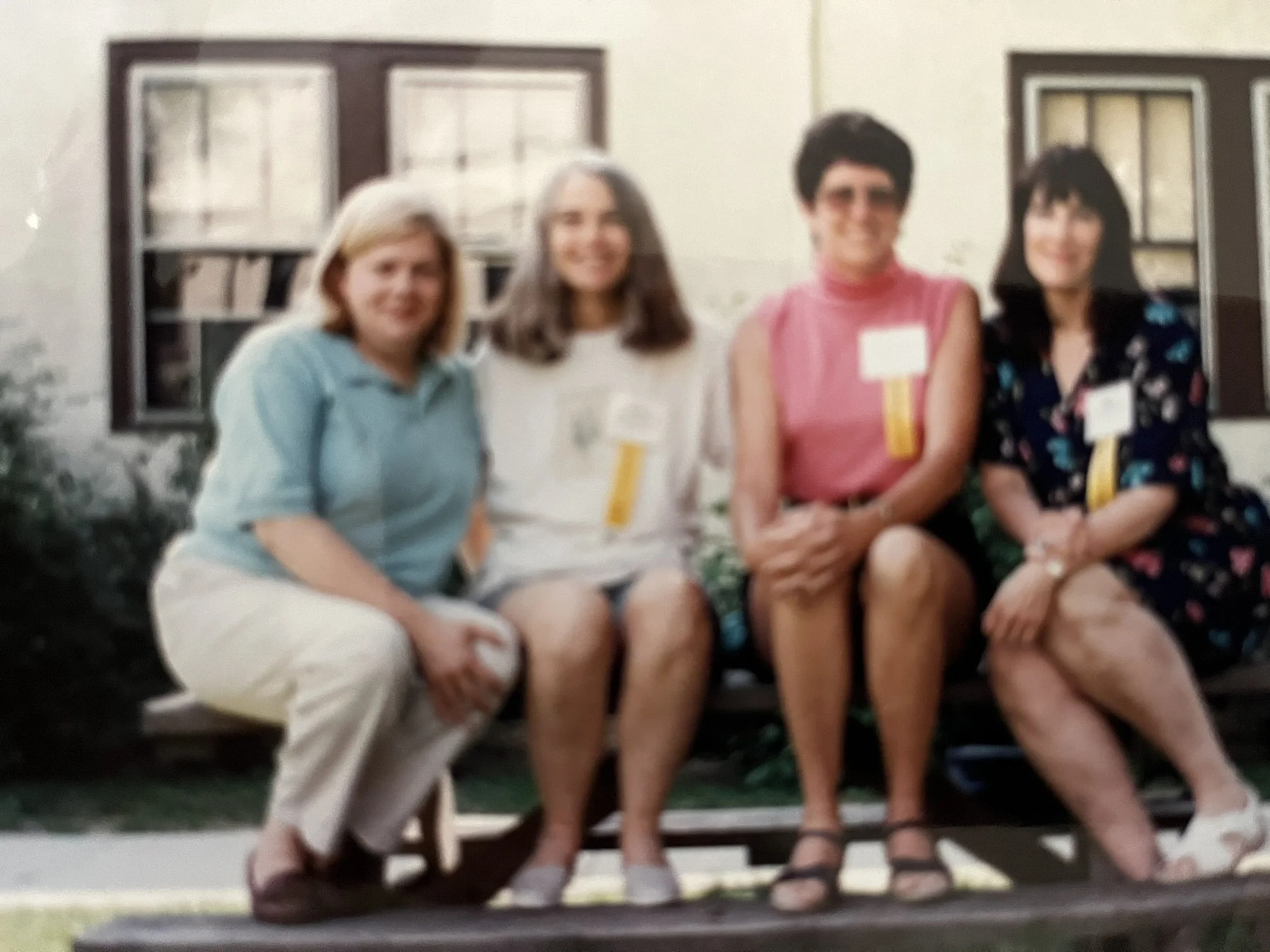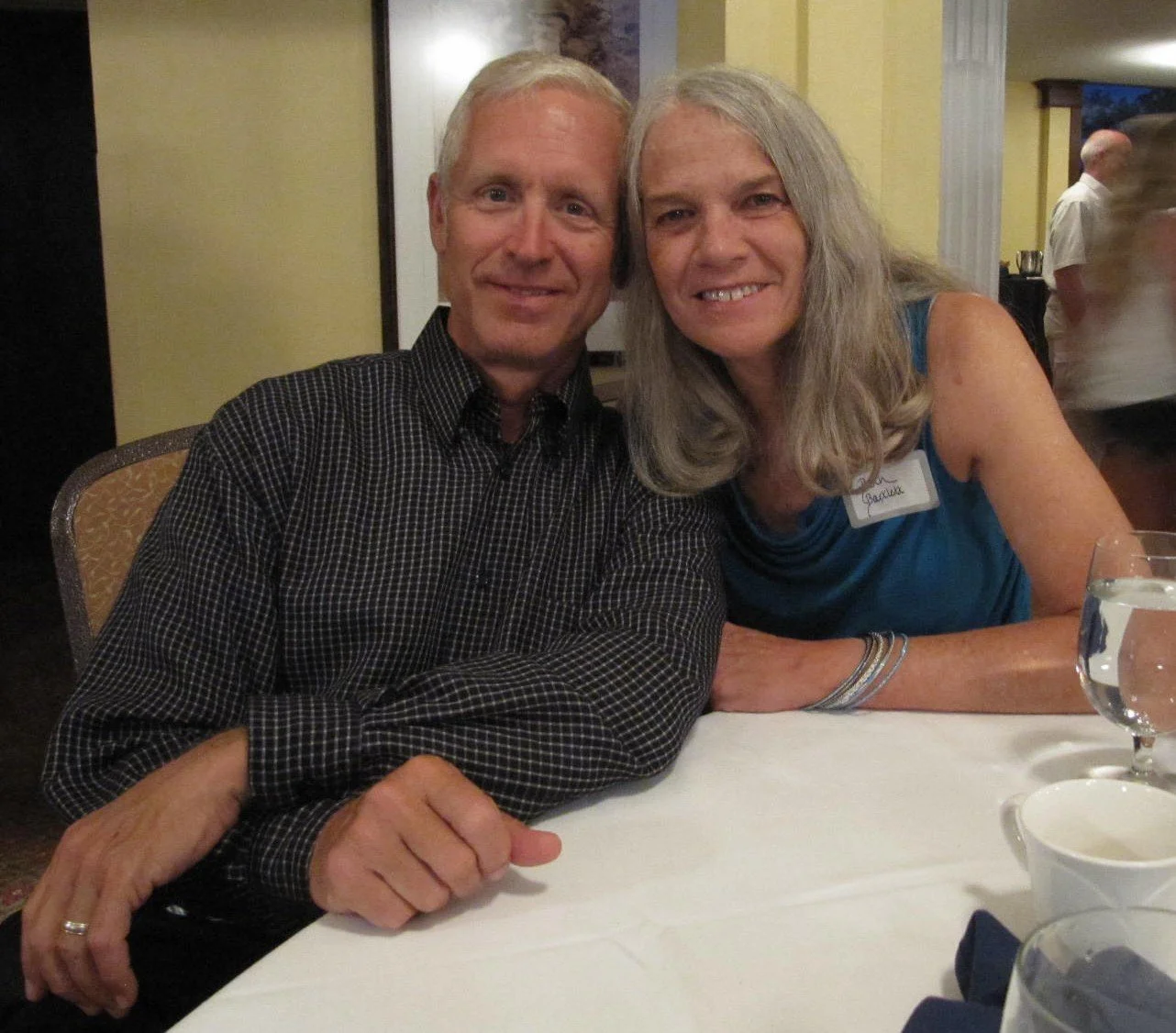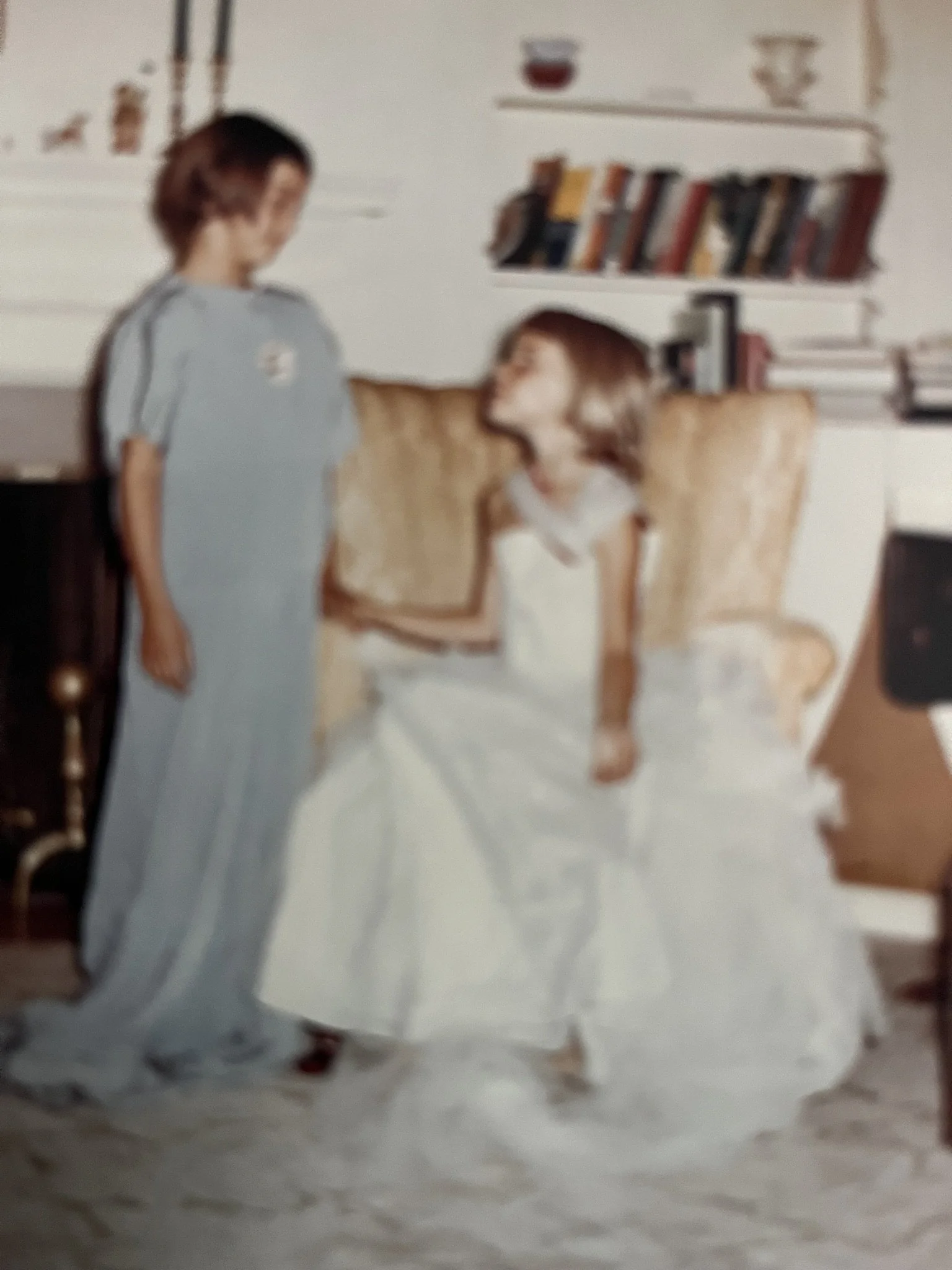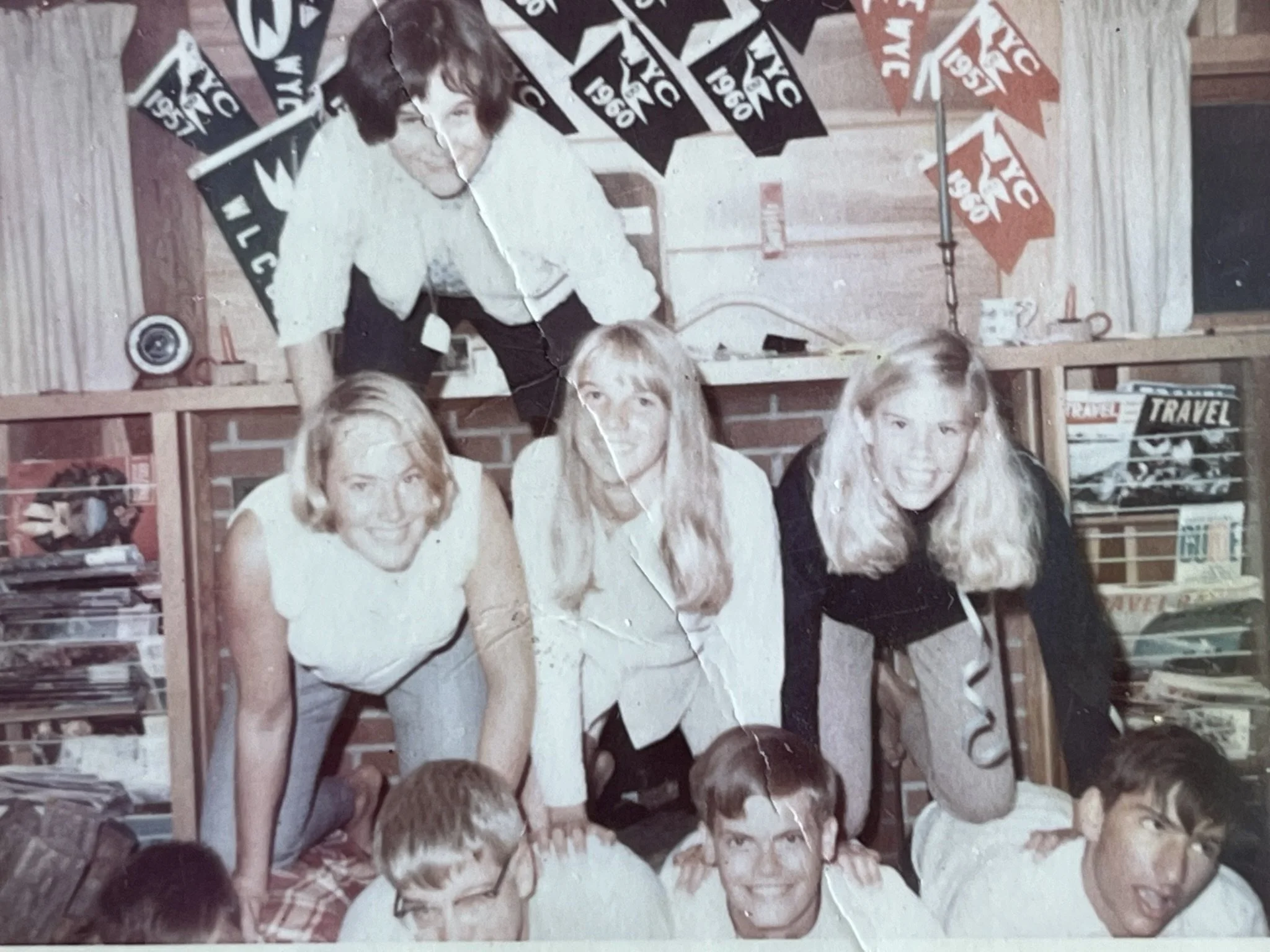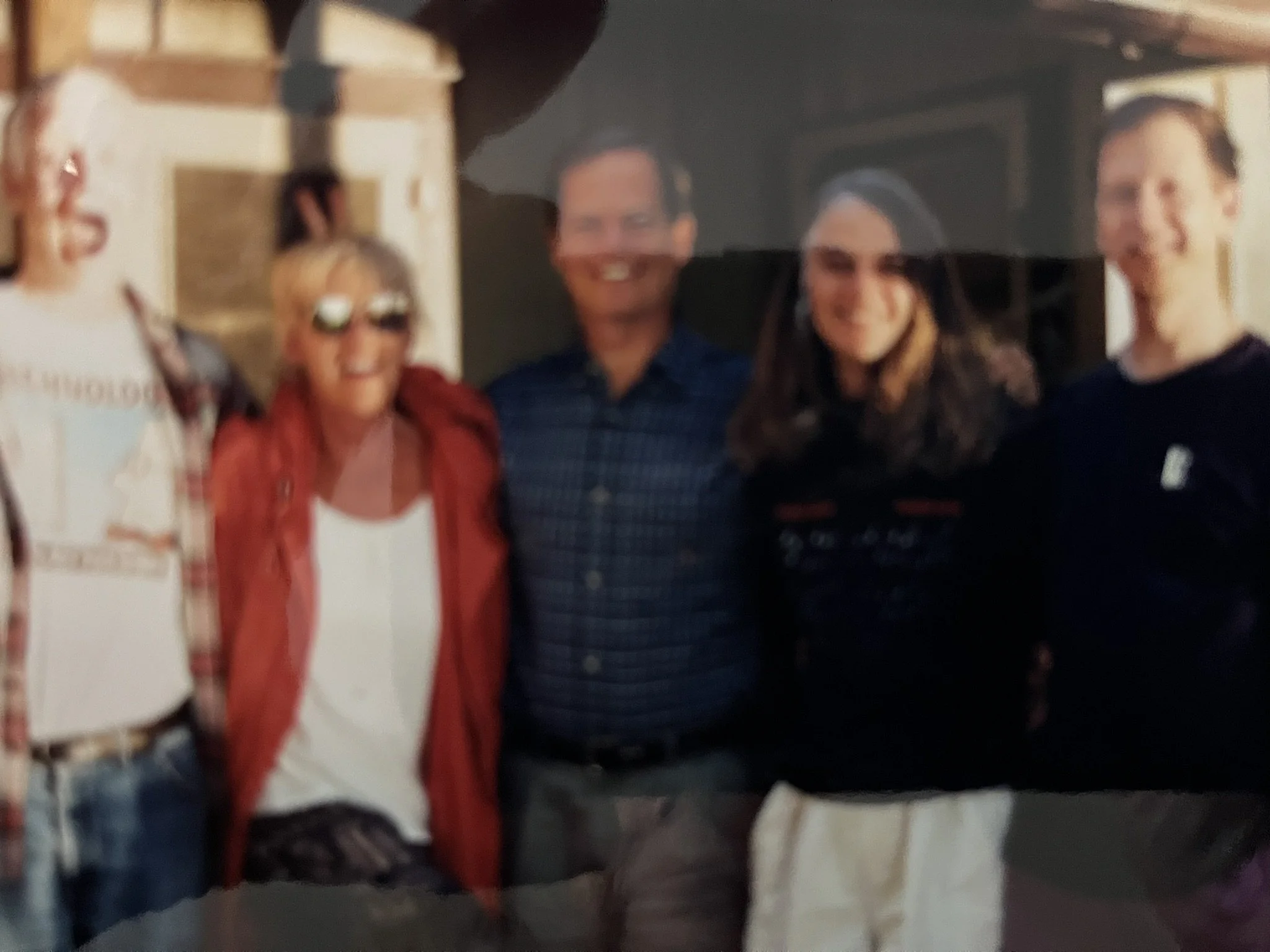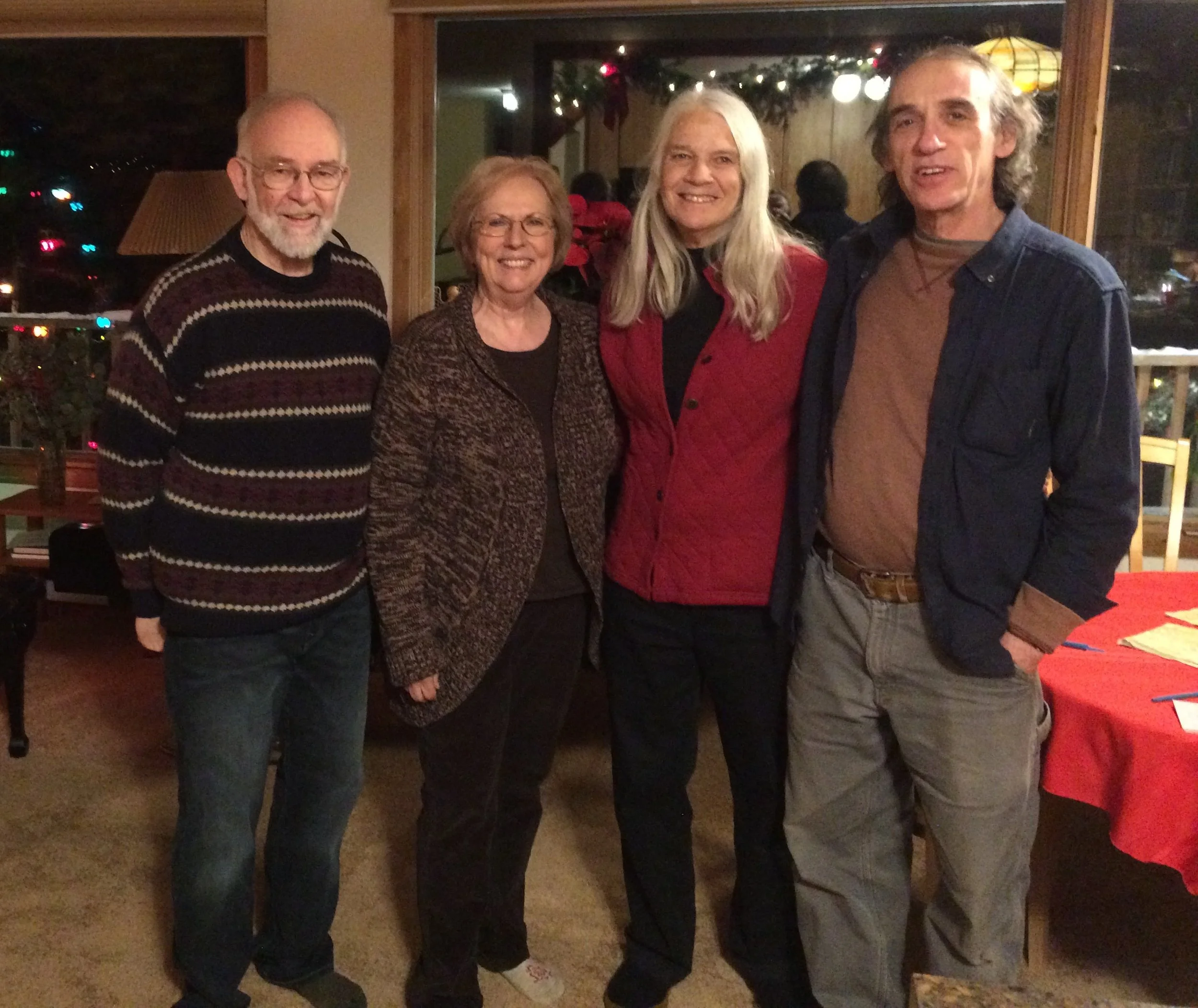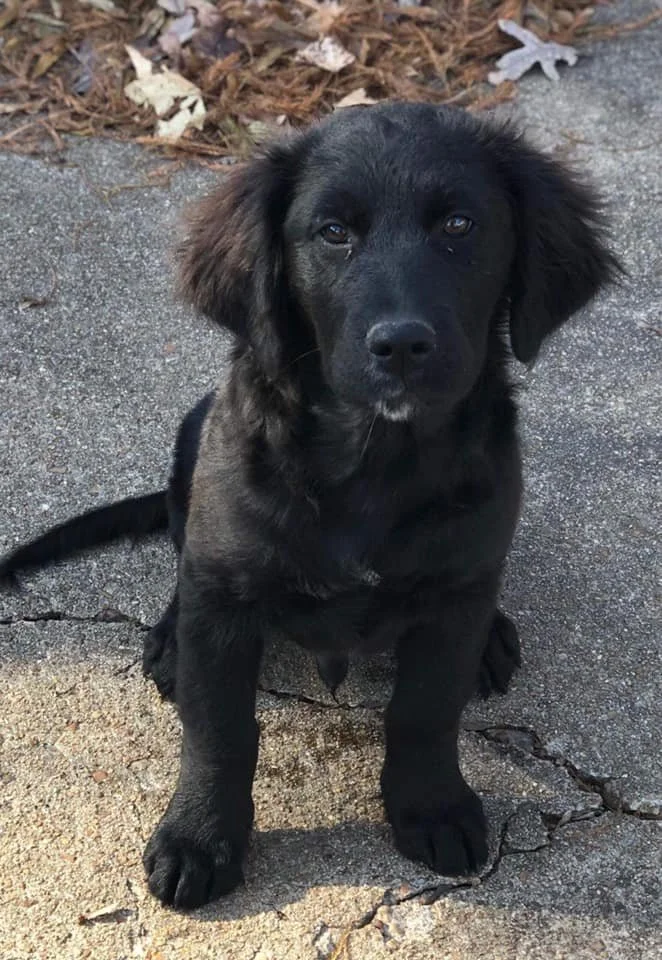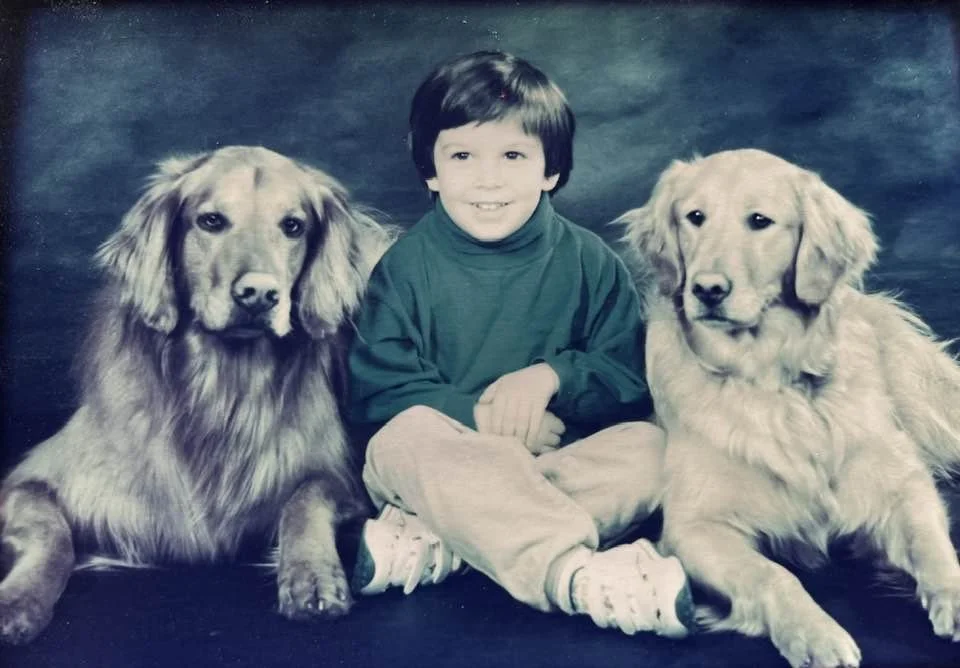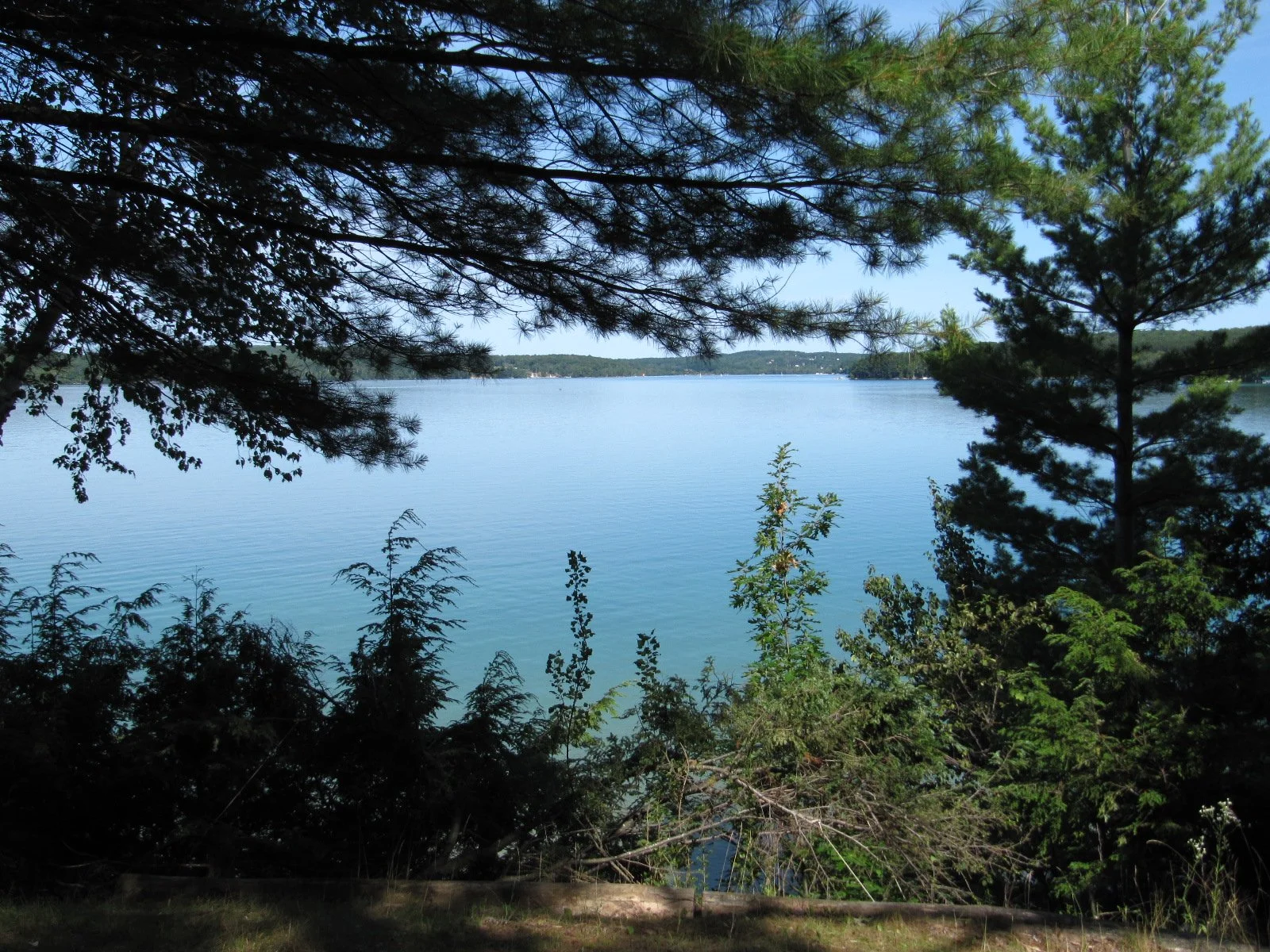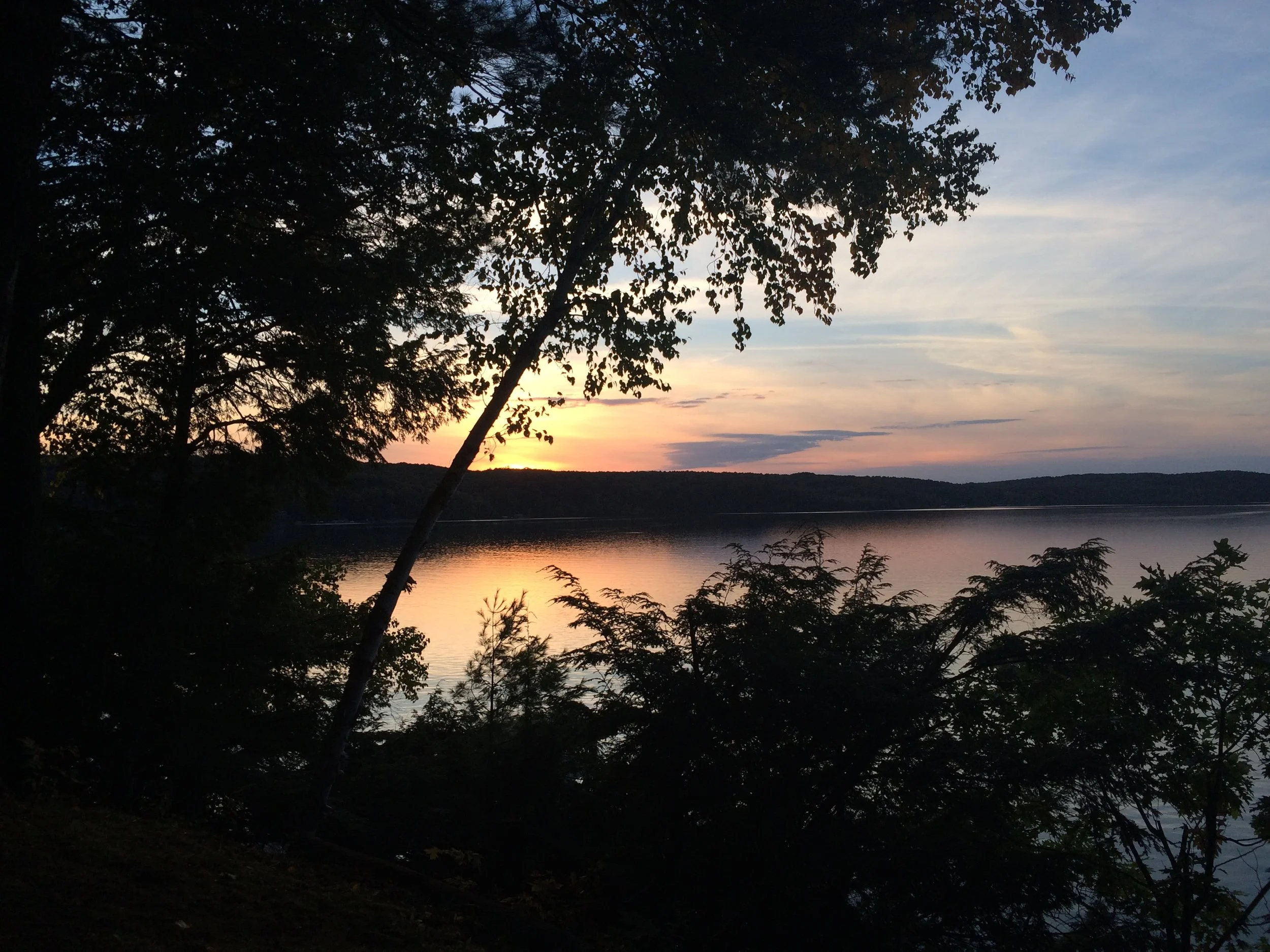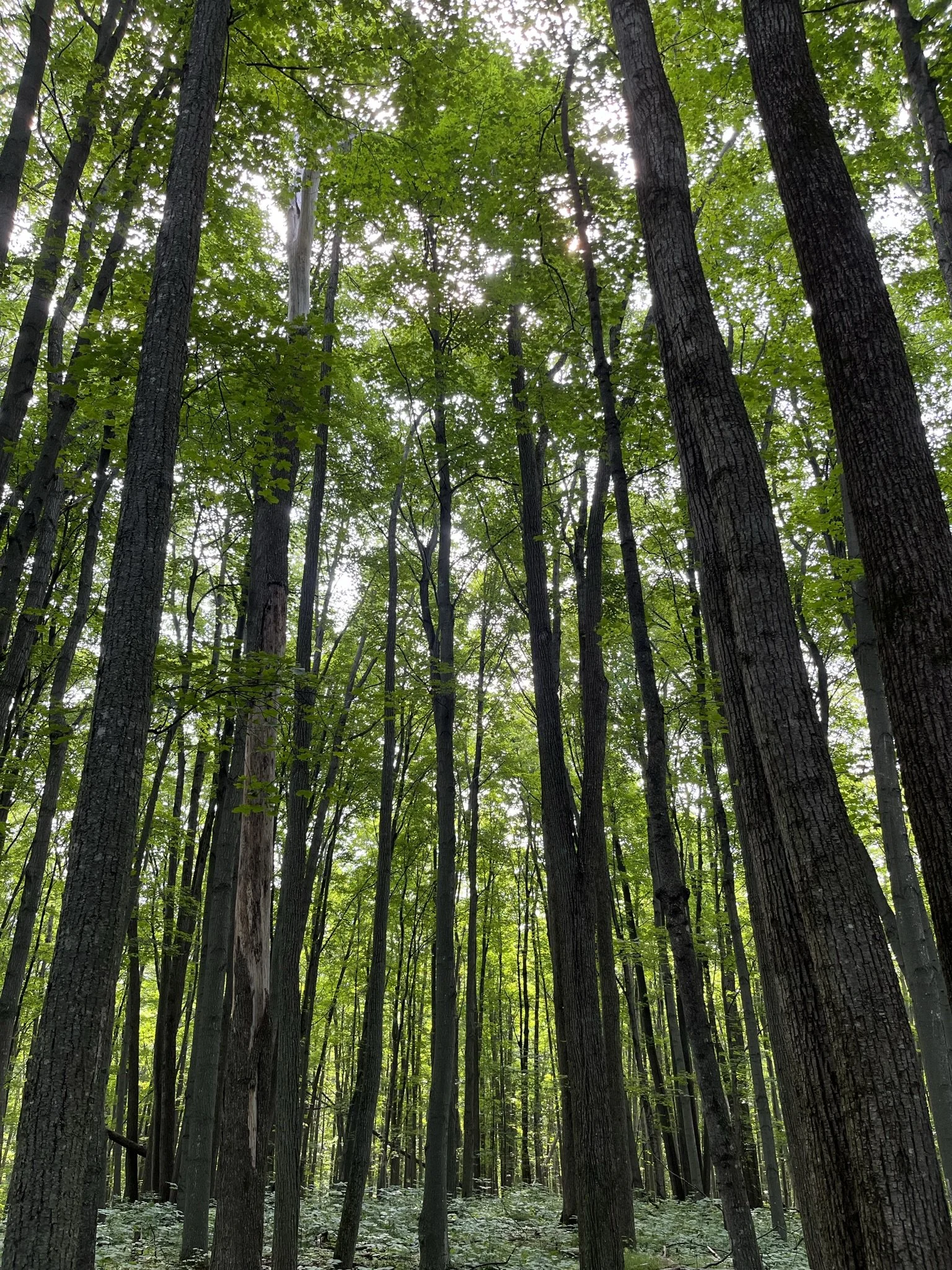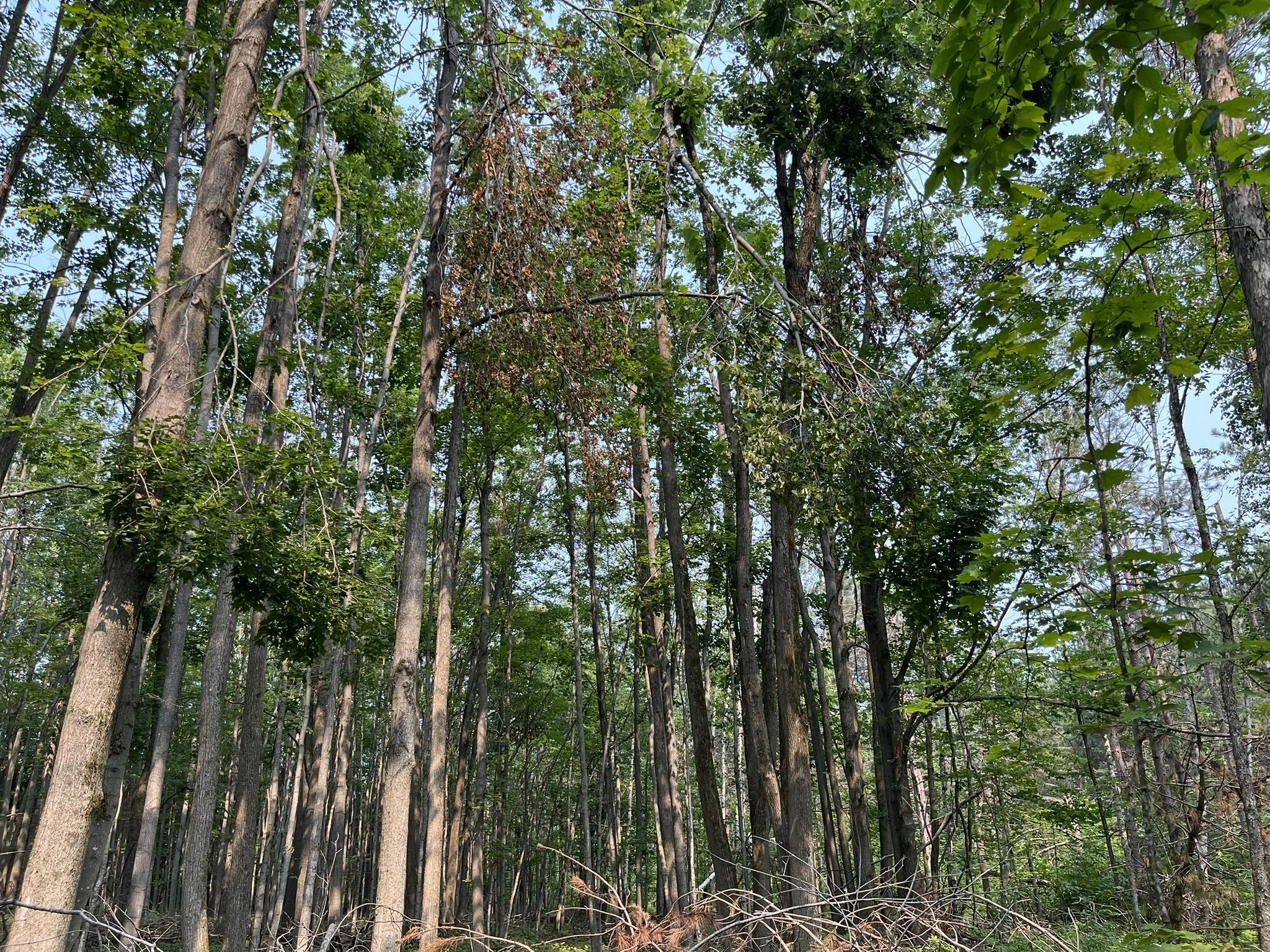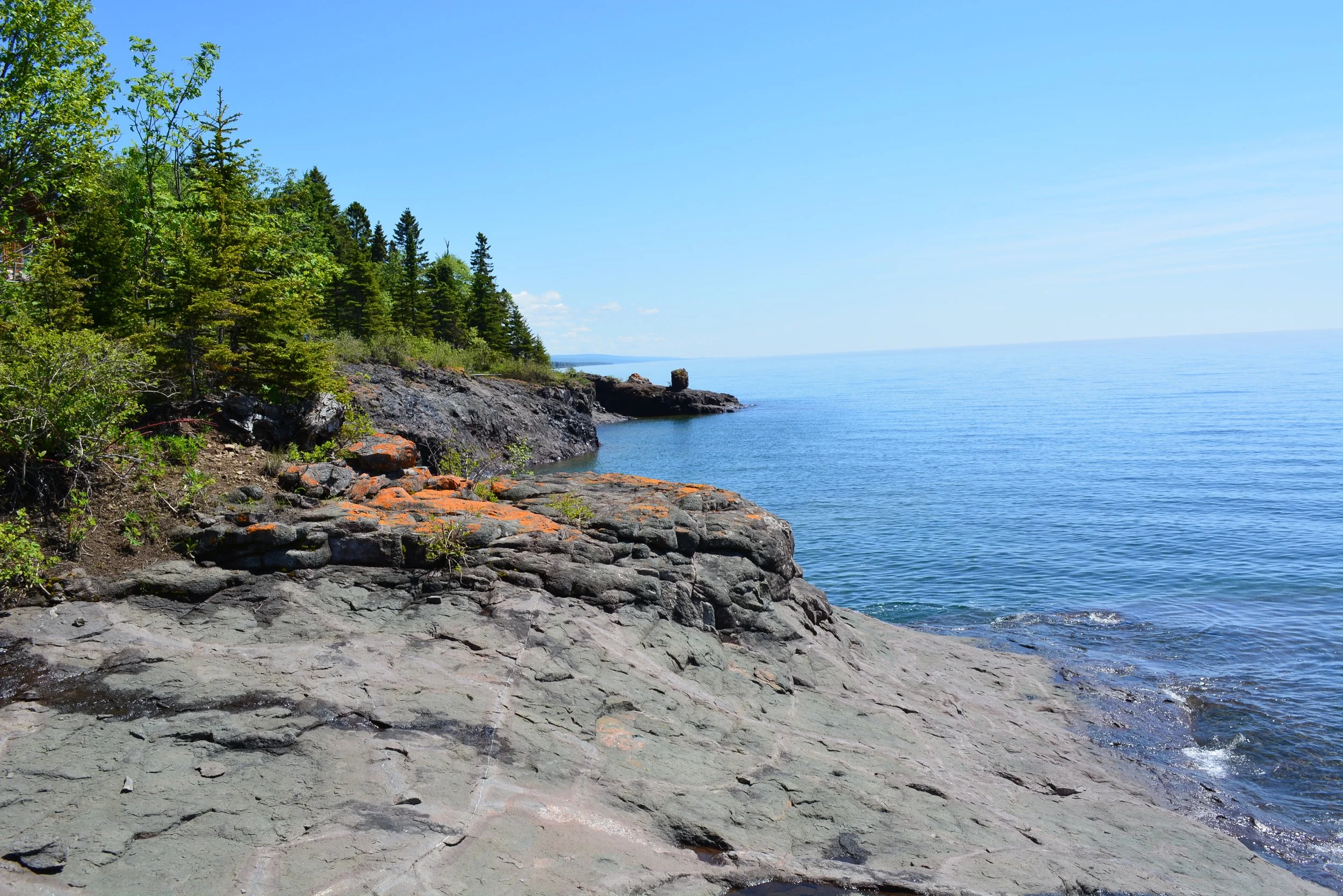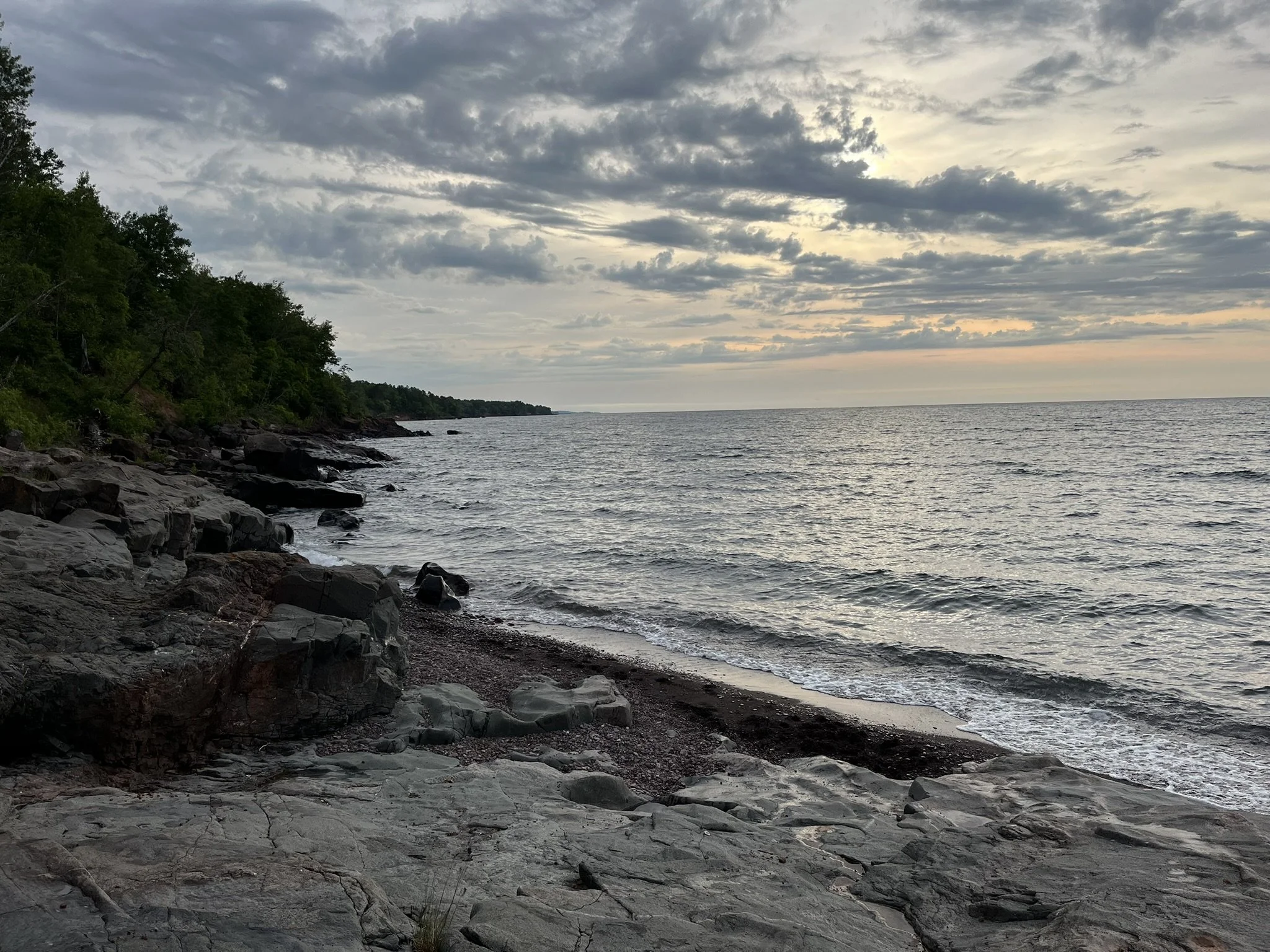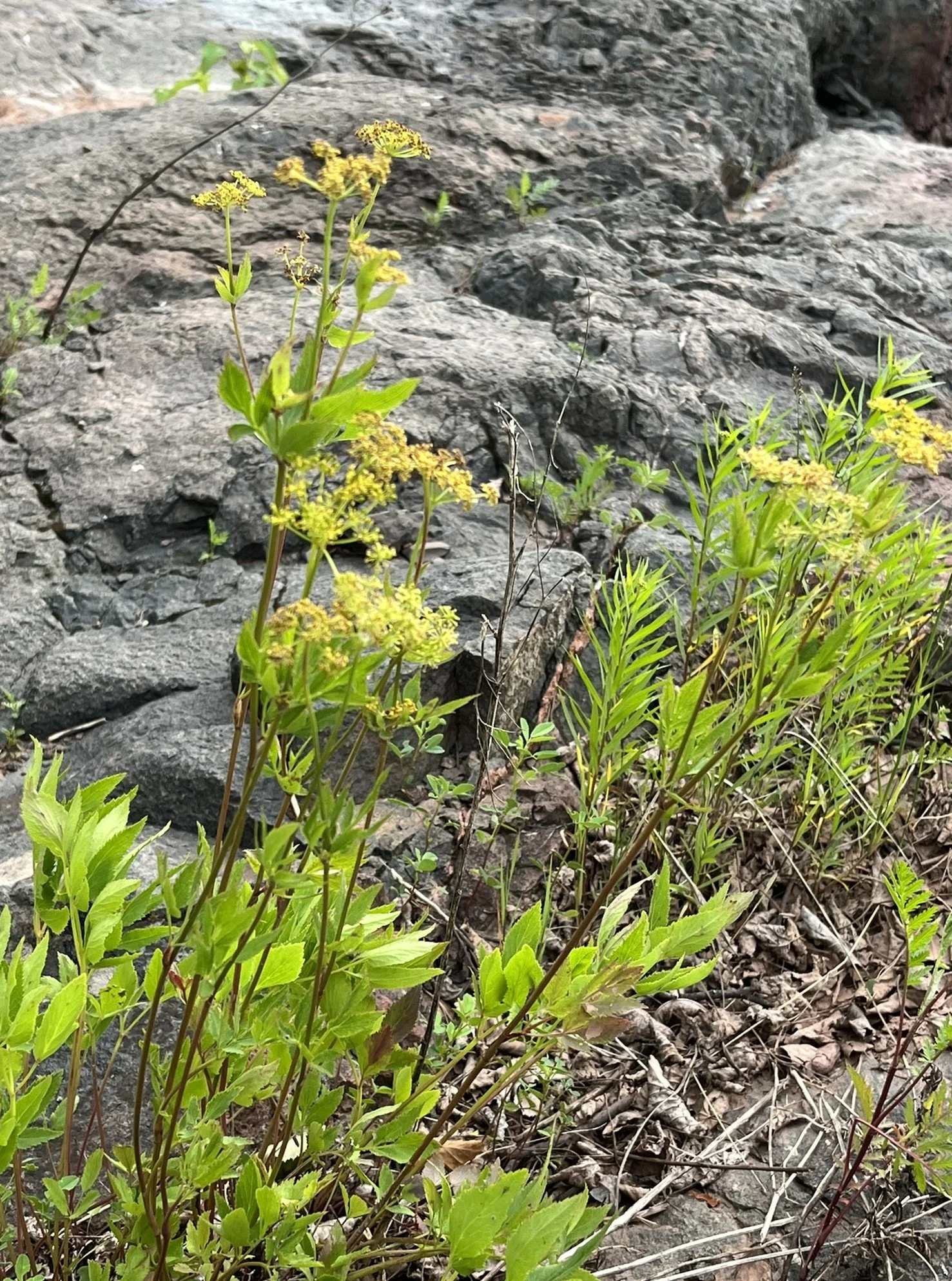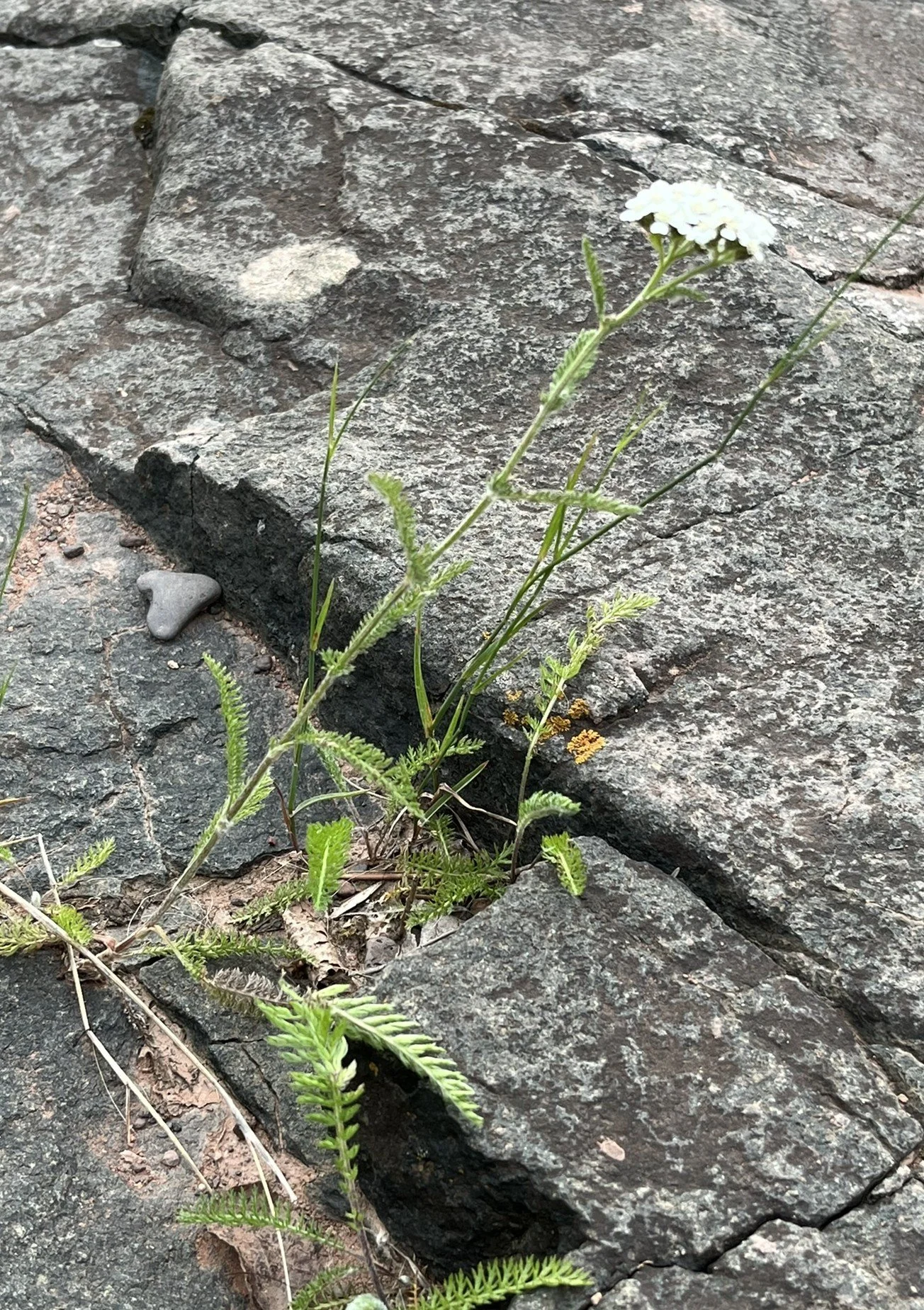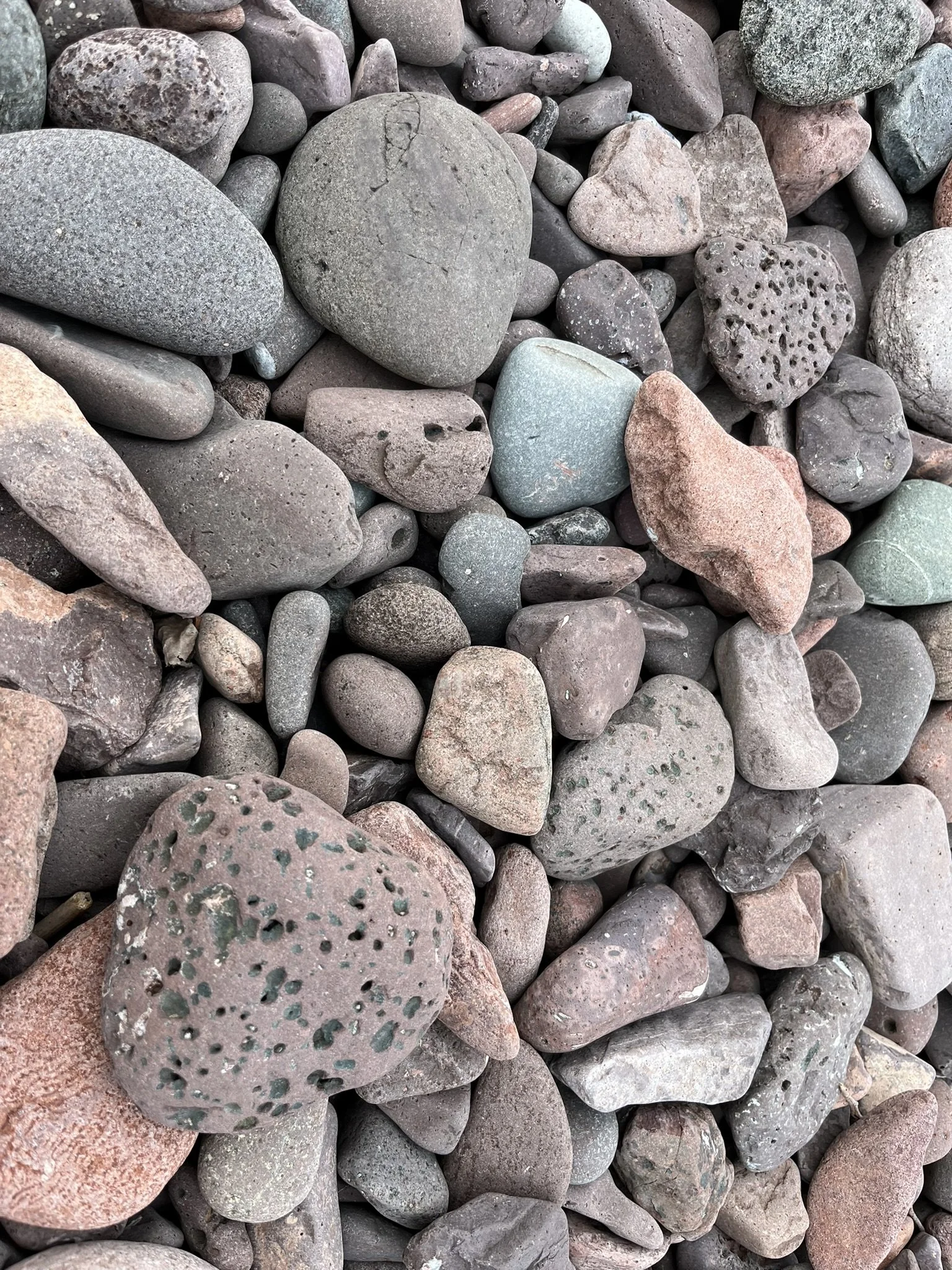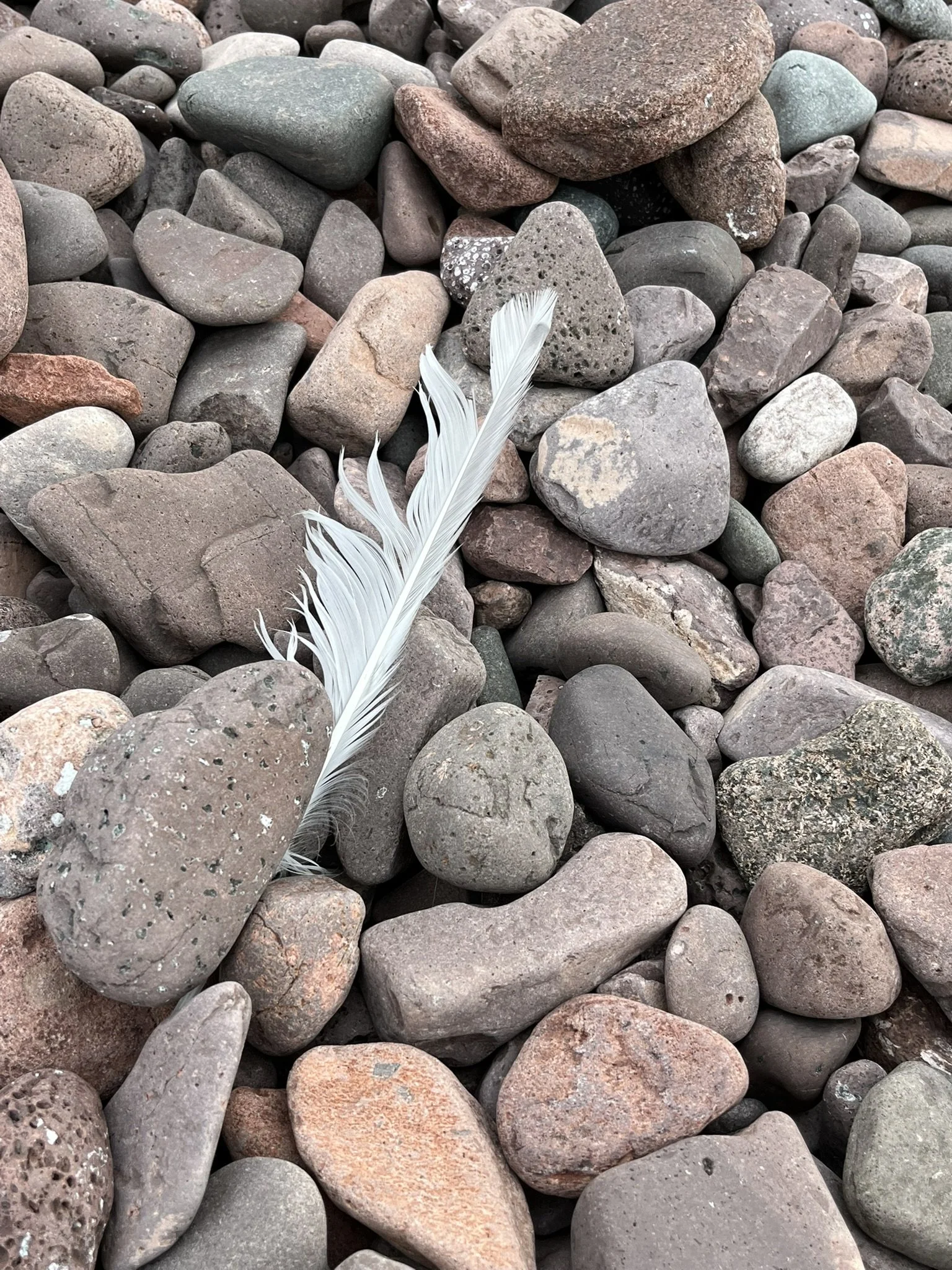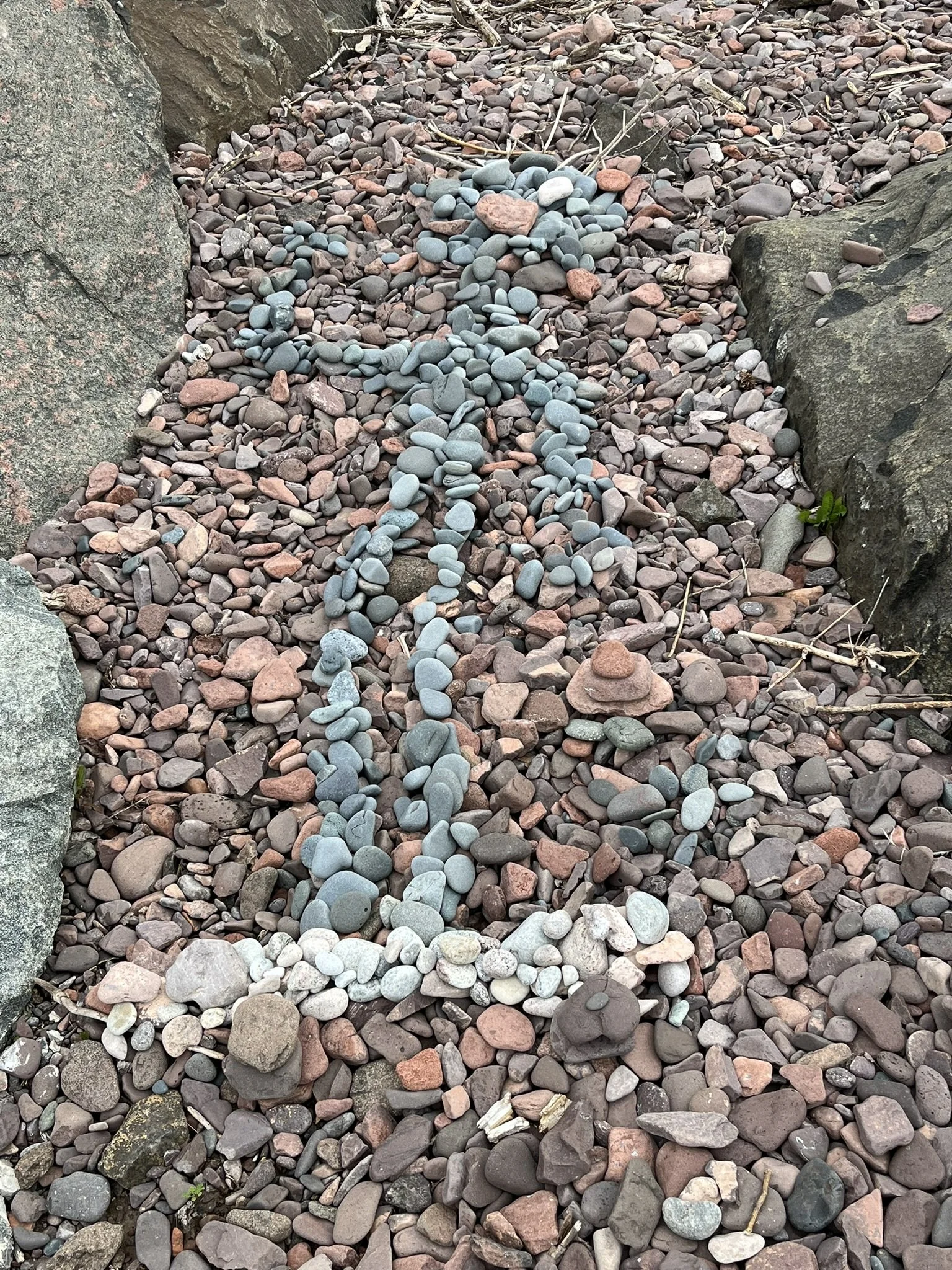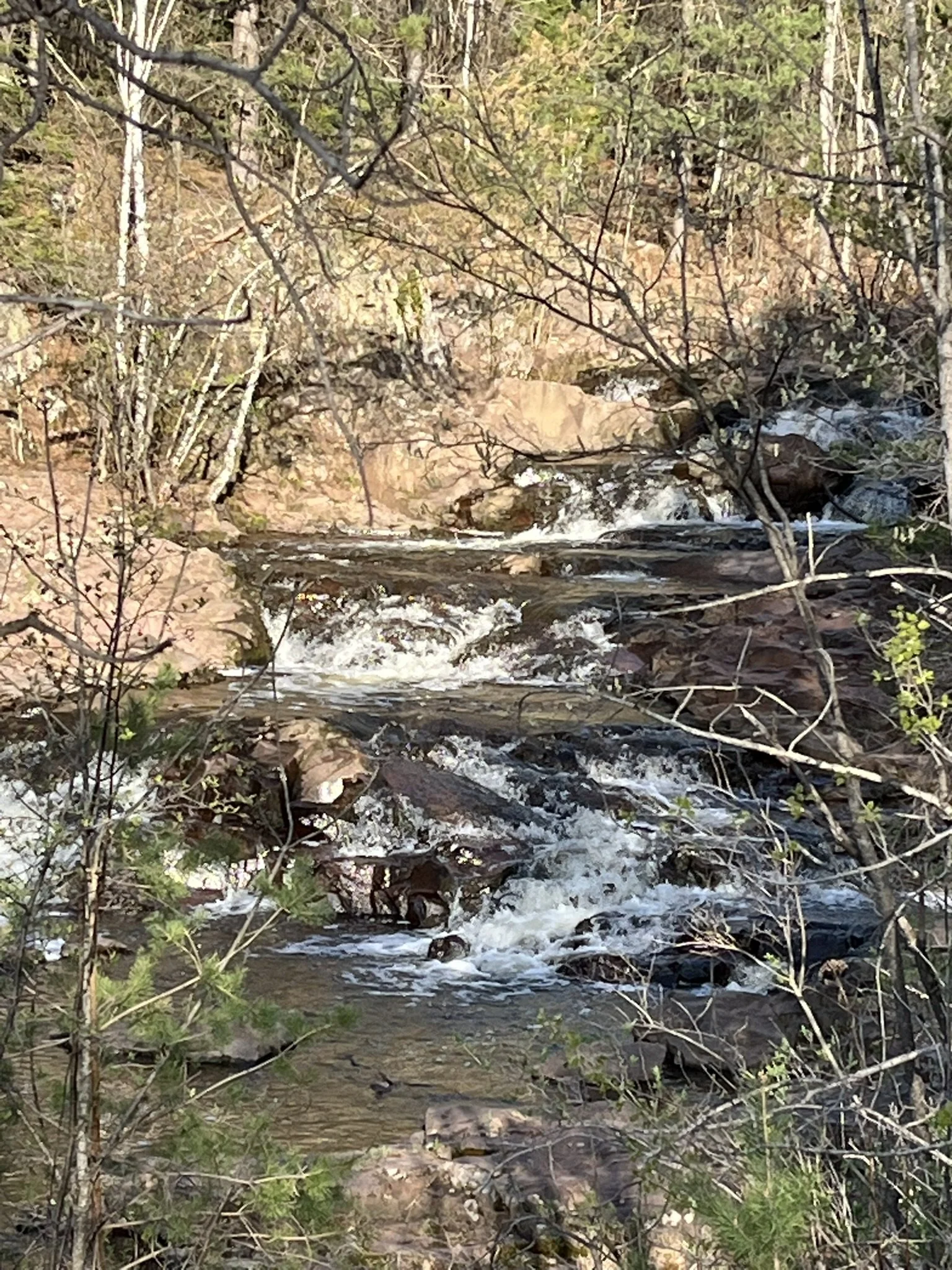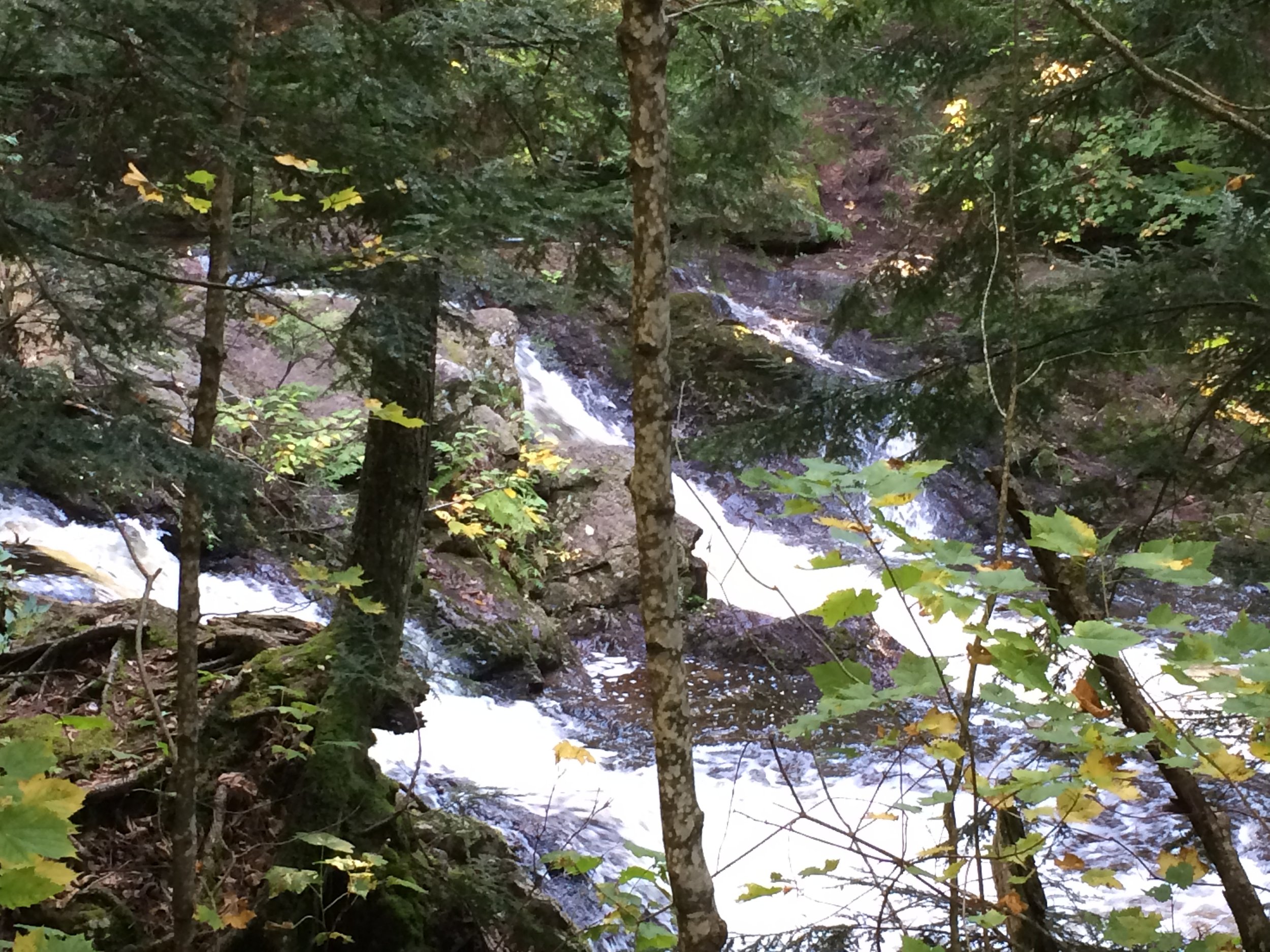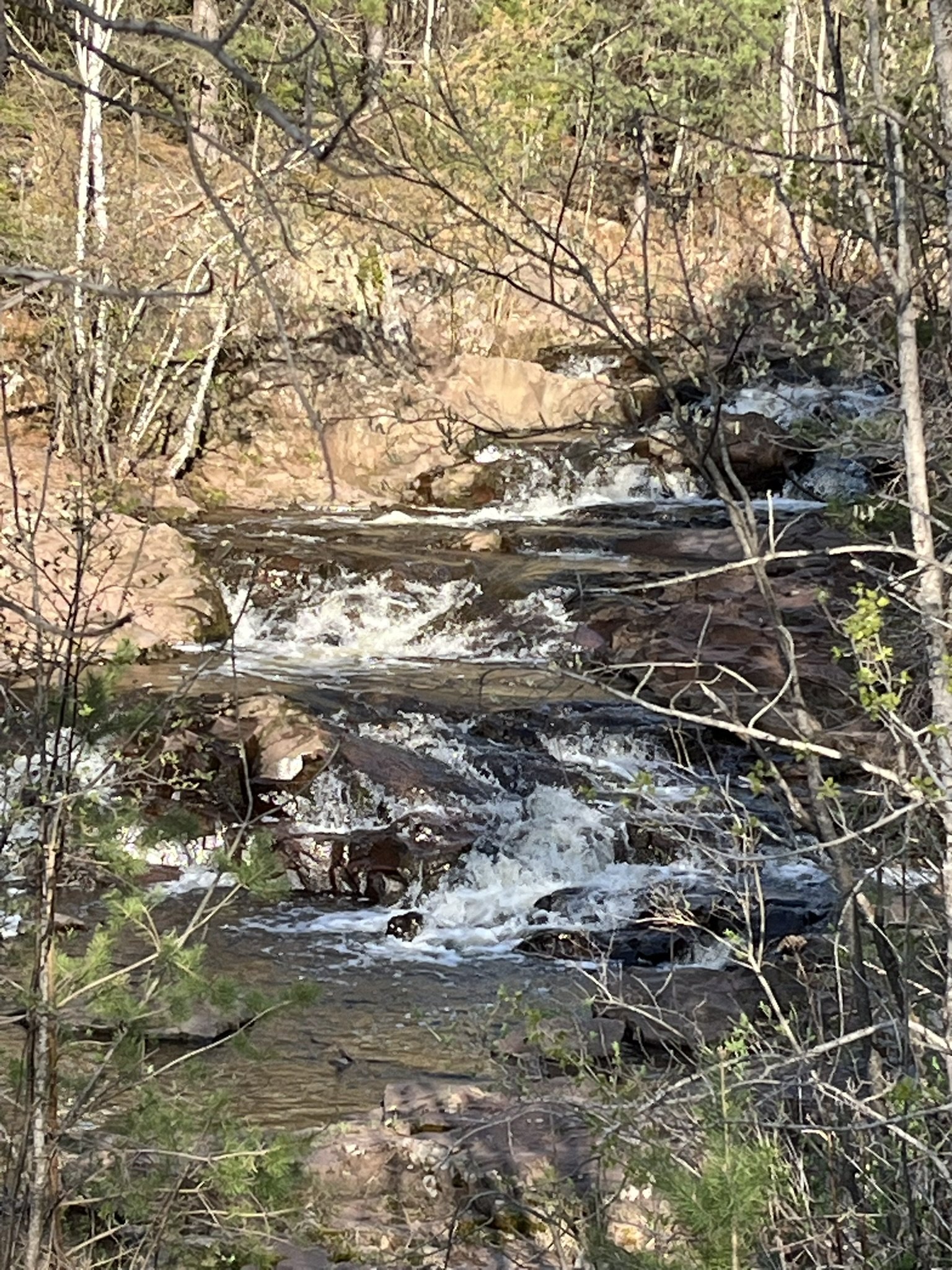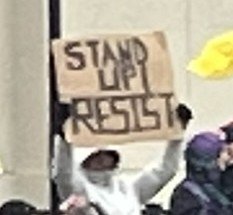Every day another story of ICE agents randomly arresting and detaining immigrants – these are the chronicles of these times in the US. A few days ago, the news broke of ICE agents trapping two men on the roof of a construction site where they were working in a suburb of Minneapolis for hours in frigid temperatures, while the thirty or so ICE agents took turns being inside their warm vehicles. They didn’t even know who the men were. They simply looked to be Latino. A day or two later, in Minneapolis, ICE agents tackled and arrested a Somali-American citizen who stepped outside during his lunch break simply because of the color of his skin. Yesterday brought the story of ICE agents forcibly arresting and separating suburban Minneapolis parents from their 7-year-old child when they came home from the grocery store. The story went on to talk about efforts being made to educate parents about preparing a DOPA – a Delegation of Parental Authority – that gives a designated caretaker temporary legal and physical custody of a child in the event parents are taken away from their children. This is the nightmare facing so many families in this country under the reign of terror inflicted by the Department of Homeland “Security.” One must ask, security for whom.
A few weeks ago, “This American Life” profiled a family trying to decide whether the husband and father of two should stay and risk arrest and detention or self-deport. Fidel, the dad, was married to an American citizen, but due to a technicality, could not get citizenship through his wife until he had lived outside the US for ten years. He had been living in the US “illegally” for thirty years, raised a family, had a good job, paid his taxes, had no criminal history. But the family had heard the stories of torture and abuse in the detention centers, and that possibility loomed over them now. When ICE agents started appearing near their small town in North Carolina, they faced the decision of whether to uproot the teenage girls and go together to Mexico or for Fidel to leave on his own. It was a painful decision. Ultimately, they decided Fidel would leave, and after working five years and getting her teacher’s pension, his wife would join him. The girls would come visit when they could. The family would be torn apart.
As I listened to these stories, what came to mind was the last part of the Christmas story, the part that is not usually read on Christmas Eve – of the choices facing Mary and Joseph after Joseph is warned in a dream that King Herod is going to search for their child to kill him. They decide to flee the country, seeking safety in Egypt. Indeed, true to Joseph’s dream, Herod, threatened by the news of the birth of a new king, ordered that all male children under the age of two in Bethlehem be killed.
A deranged king[i] fearing that he would be displaced, parents fearing for their lives and the safety of their child fleeing the country to secure a better life -- the parallels to today in the US are striking.
During the Harris-Trump presidential candidate debate, Trump claimed "our elections are bad, and a lot of these illegal immigrants coming in, they're trying to get them to vote."[ii] He was repeating the claims that so many in the Republican party have embraced of The Great Replacement theory – the baseless conspiracy theory that white people are being deliberately replaced by immigrants and other people of color to advance a political agenda. JD Vance is also a believer. As he said in an interview with Fox News when he was running for Senate, Democrats "have decided that they can't win reelection in 2022 unless they bring in a large number of new voters to replace the voters that are already here,"[iii] those new voters being immigrants, such as the Haitians he blamed for driving up the cost of housing[iv] and that Trump so disparaged in the presidential debate with Vance’s fabricated claims of Haitians eating pets.[v]
The Great Replacement theory was embraced by the white supremacists who participated in the march in Charlottesville, Virginia in 2017 and was found to be the motive for the supermarket shootings of African Americans in Buffalo, New York in 2022. It is behind Trump’s challenge to birthright citizenship. It has fueled the hatred toward immigrants and people of color in this country. Now, fearing displacement from power, the Trump administration, through its terrorist arrest, detention, and deportation policies, is seeking to remove what it regards as a threat, not unlike King Herod over 2000 years ago. And so, like Joseph and Mary, many are fleeing the country to seek a safe haven elsewhere. For the first time in sixty years, more immigrants are leaving the country than are coming. And it’s not just immigrants. US citizens are leaving the country as well, often because of sharp disagreement with what the US has become under Trump or seeking safety and well-being for their LGBTQ families or for their trans children.
And so, while it embraces Christian Nationalism, the Trump administration is acting more like the king who tried to kill Jesus than Jesus who welcomed the stranger, the poor, the women, the dispossessed. In these times, it is important to hear and learn from the rest of the Christmas story that it might reveal the truths some may not want to see. I long for a time when the country I call my own welcomes the stranger, “the tired, the poor, the huddled masses yearning to breathe free,”[vi] for a time when Jesus and other dark-skinned, immigrant, outcast, and politically rebellious like him can come home.
Yet, perhaps this is my country, for alongside the stories of ICE arrests are other stories where Jesus arrives in all of the people who show up to witness, protest, and protect. In Chanhassen where ICE agents had trapped construction workers on the roof, about a hundred community members showed up, encircled the house, brought warm food and drink and blankets, prayed and encouraged, and refused to leave. One of the men left in an ambulance, but the other stayed. After two hours, the ICE agents left, the man came down and was checked by medics. This is the true spirit of Christmas – of a hope that persists, a peace that resists, a love that insists on goodwill toward all.
Sources
Chanhassen construction workers confronted by ICE agents in freezing weather | MPR News
Herod | Biography, Facts, Reign, Temple, & Jesus | Britannica
Holy Bible. RSV. Matthew 2: 13-16.
ICE agents tackle, arrest American citizen in Minneapolis | MPR News
J.D. Vance: 'If I Have to Create Stories... That's What I'm Going to Do'
Minnesota immigrant parents make arrangements for children as ICE operations continue | MPR News
More immigrants likely to leave U.S. this year than enter, forecasters say : NPR
READ: Harris-Trump presidential debate transcript - ABC News
Read the full VP debate transcript from the Walz-Vance showdown - CBS News
The Racist 'Great Replacement' Conspiracy Theory Explained
The Republican Embrace of the ‘Great Replacement’ Theory
These Americans are done with Trump. So they’re moving abroad | CNN Business
Trump echoes racist conspiracy theory about noncitizens voting : NPR
* Photo credit - Wikimedia Commons - Doonan, Grace Wallace. The life on earth of our Blessed Lord : told in rhyme, story, and picture, for little Catholic children. St. Louis, Mo. (etc.) : B. Herder, 1913.
[i] Herod was largely considered to be mentally unstable. Known for his love of grandeur and building of great palaces, he suffered from arteriosclerosis which contributed to his mental illness. Toward the end of his life, he murdered the wife he dearly loved, Mariamne, her sons, brother, mother, and grandfather and disinherited and killed his oldest son, Antipater.
[ii] Trump echoes racist conspiracy theory about noncitizens voting : NPR
[iii] The Republican Embrace of the ‘Great Replacement’ Theory
[iv] Vance said, “Look, in Springfield, Ohio and in communities all across this country, you've got schools that are overwhelmed, you've got hospitals that are overwhelmed, you have got housing that is totally unaffordable because we brought in millions of illegal immigrants to compete with Americans for scarce homes.”
[v] Trump ranted, “In Springfield, they're eating the dogs. The people that came in. They're eating the cats. They’re eating the pets of the people that live there.”
[vi] Emma Lazarus’s words inscribed on the Statue of Liberty.



